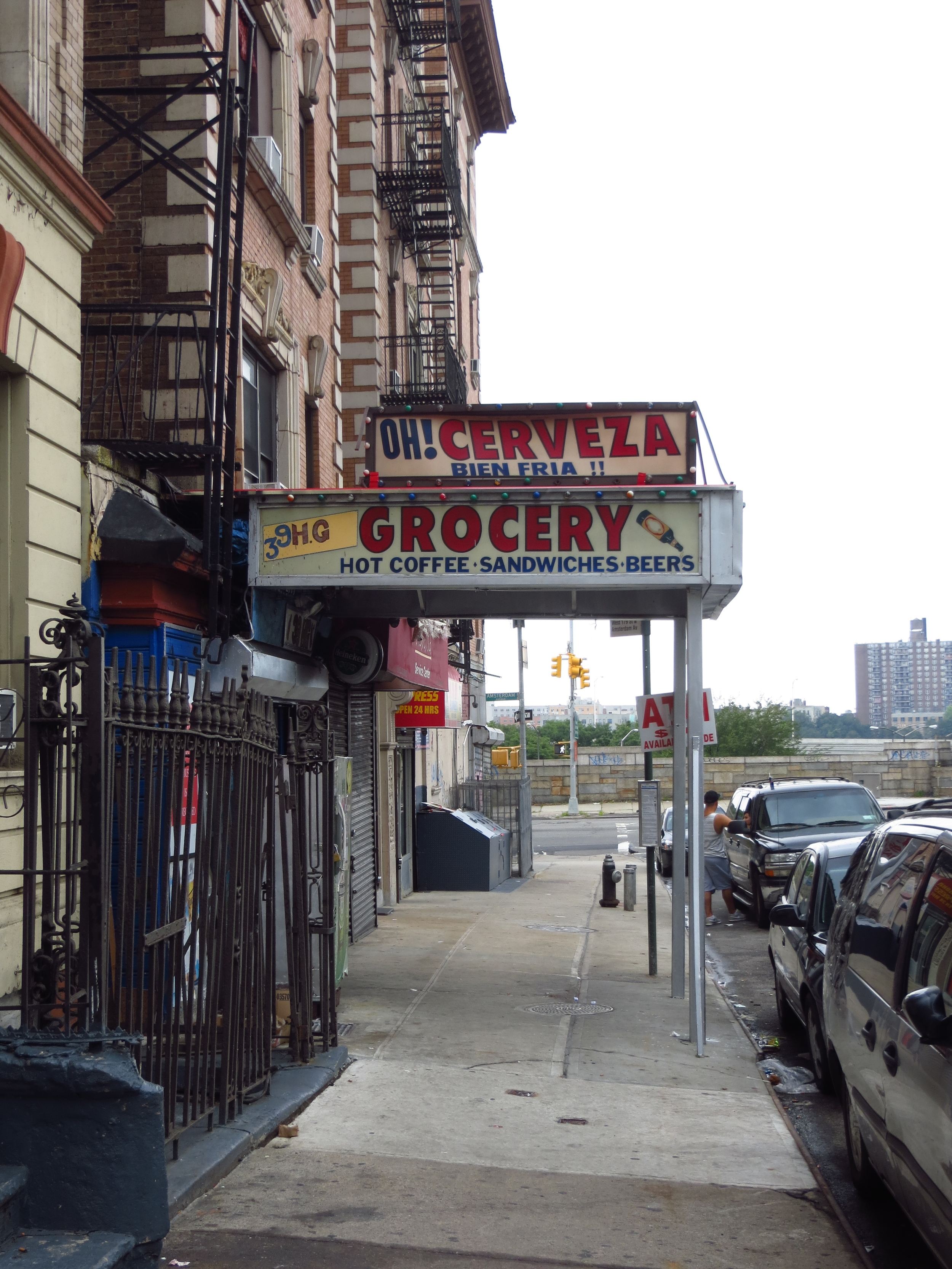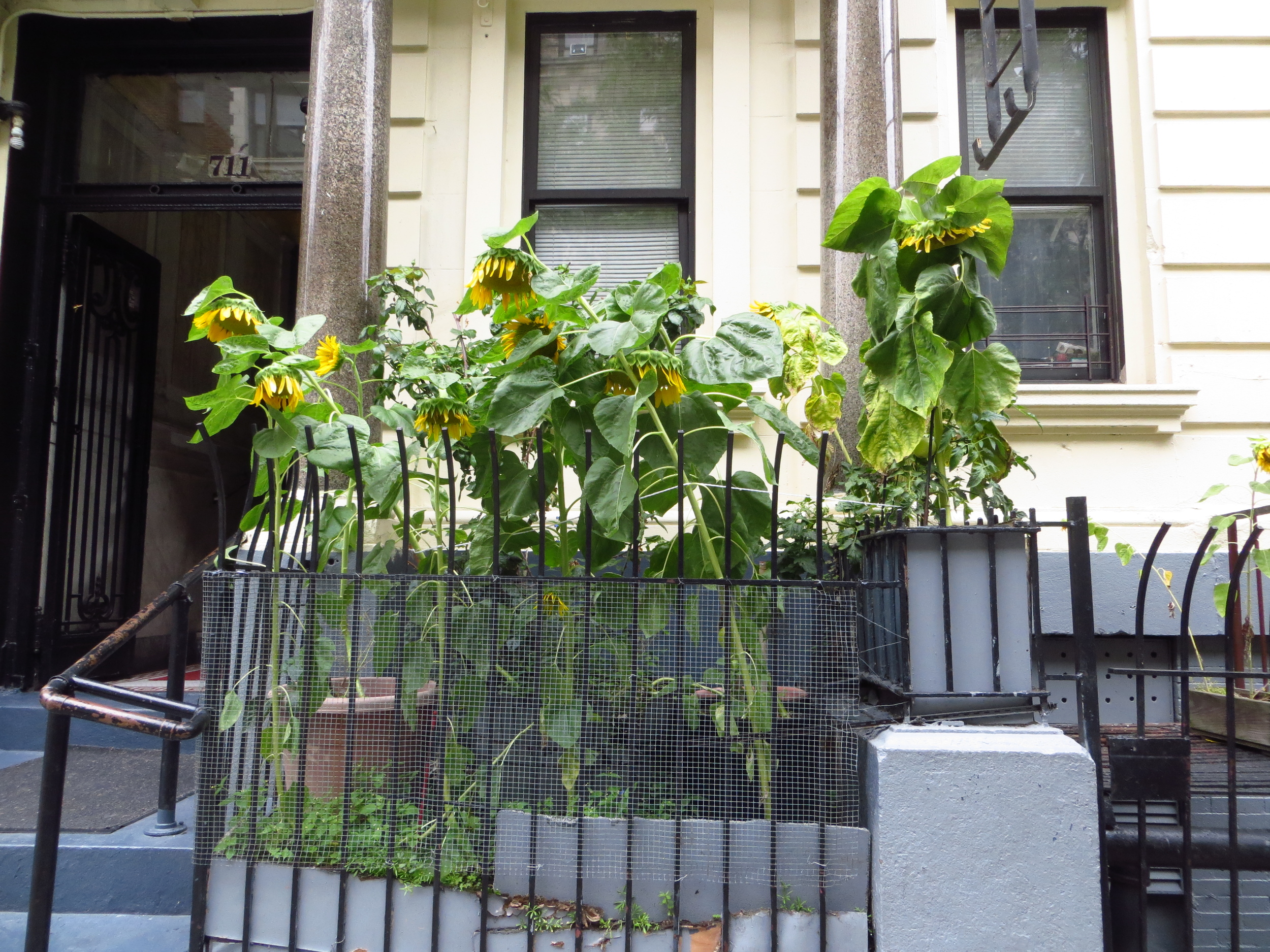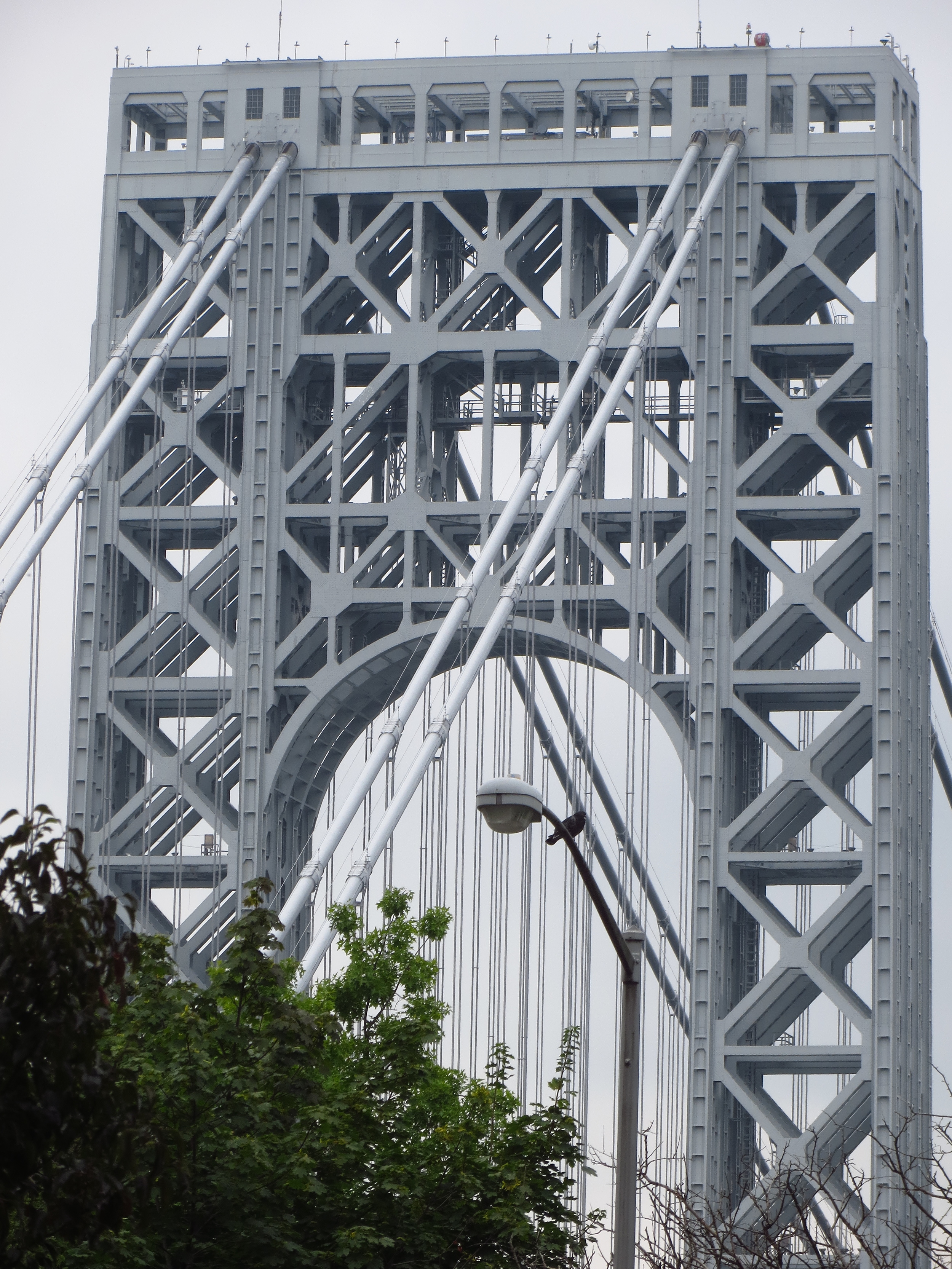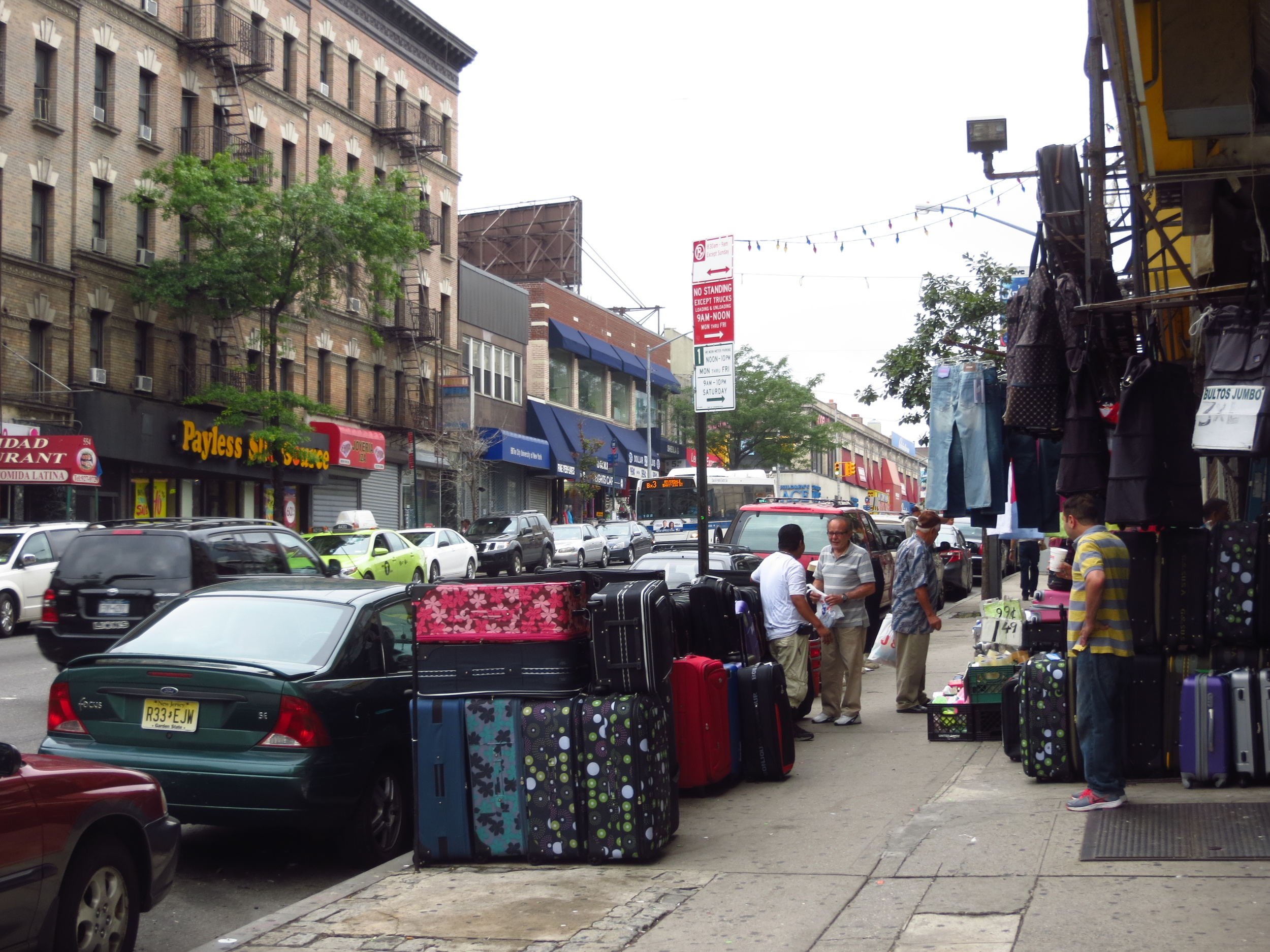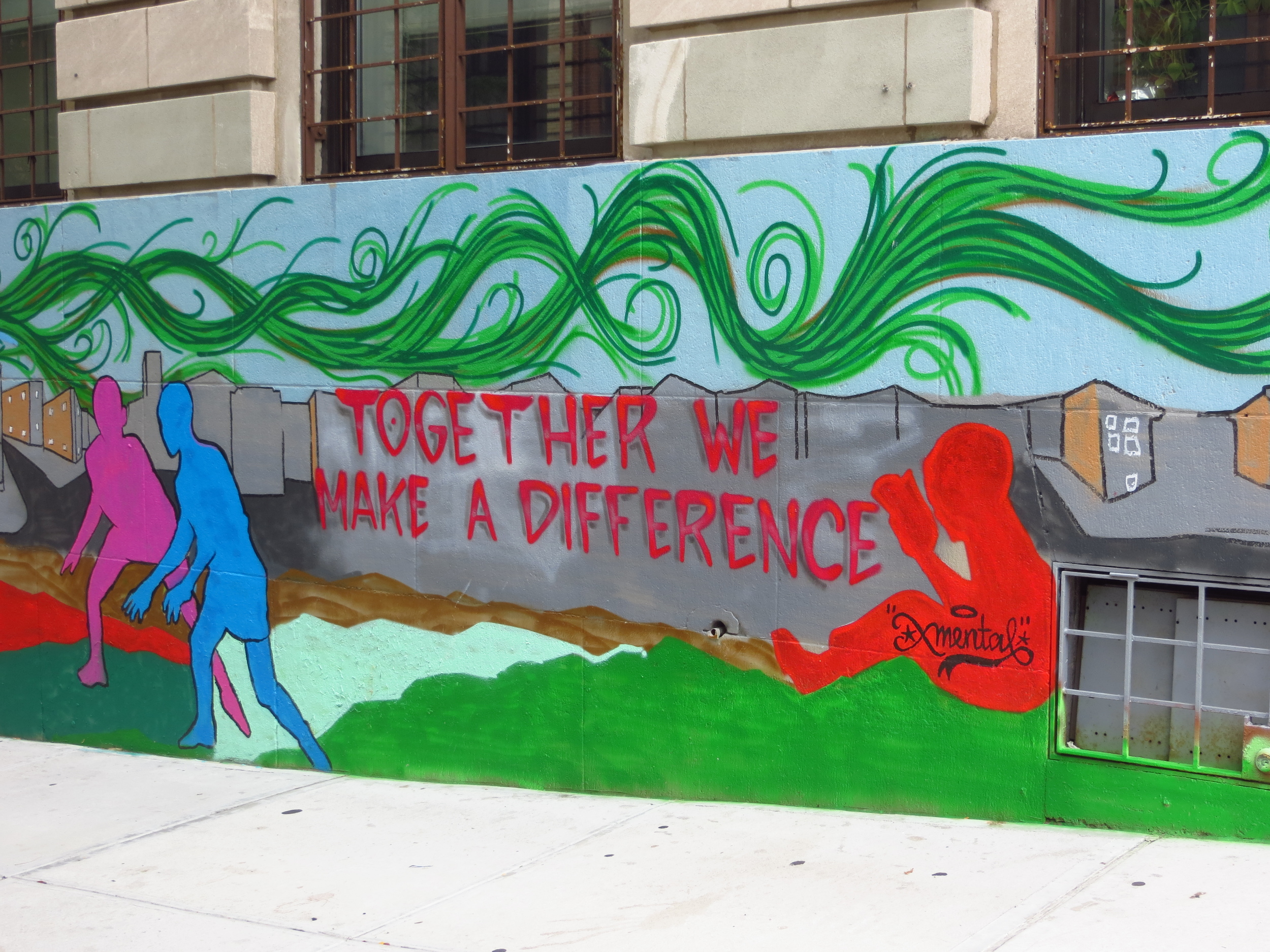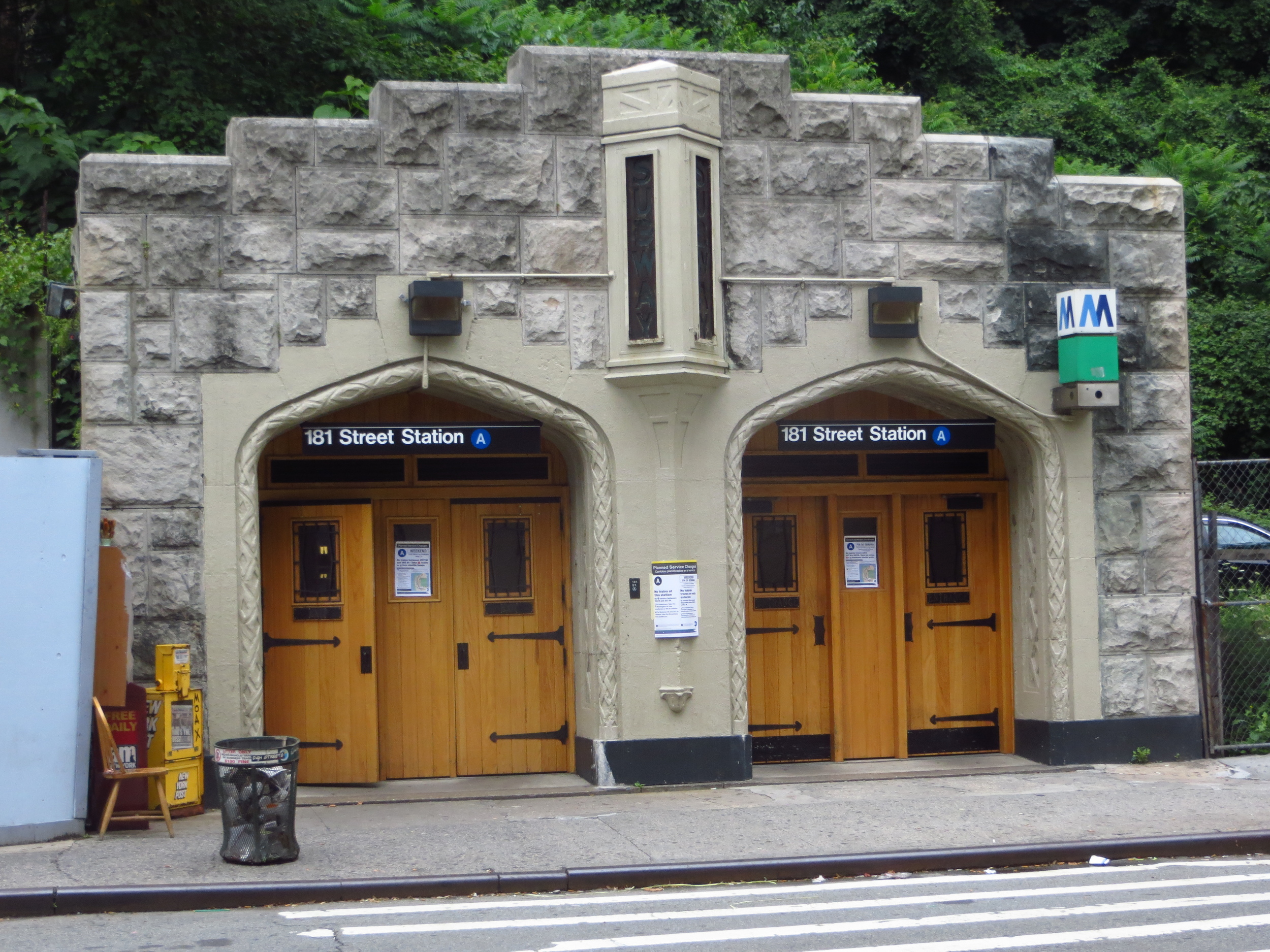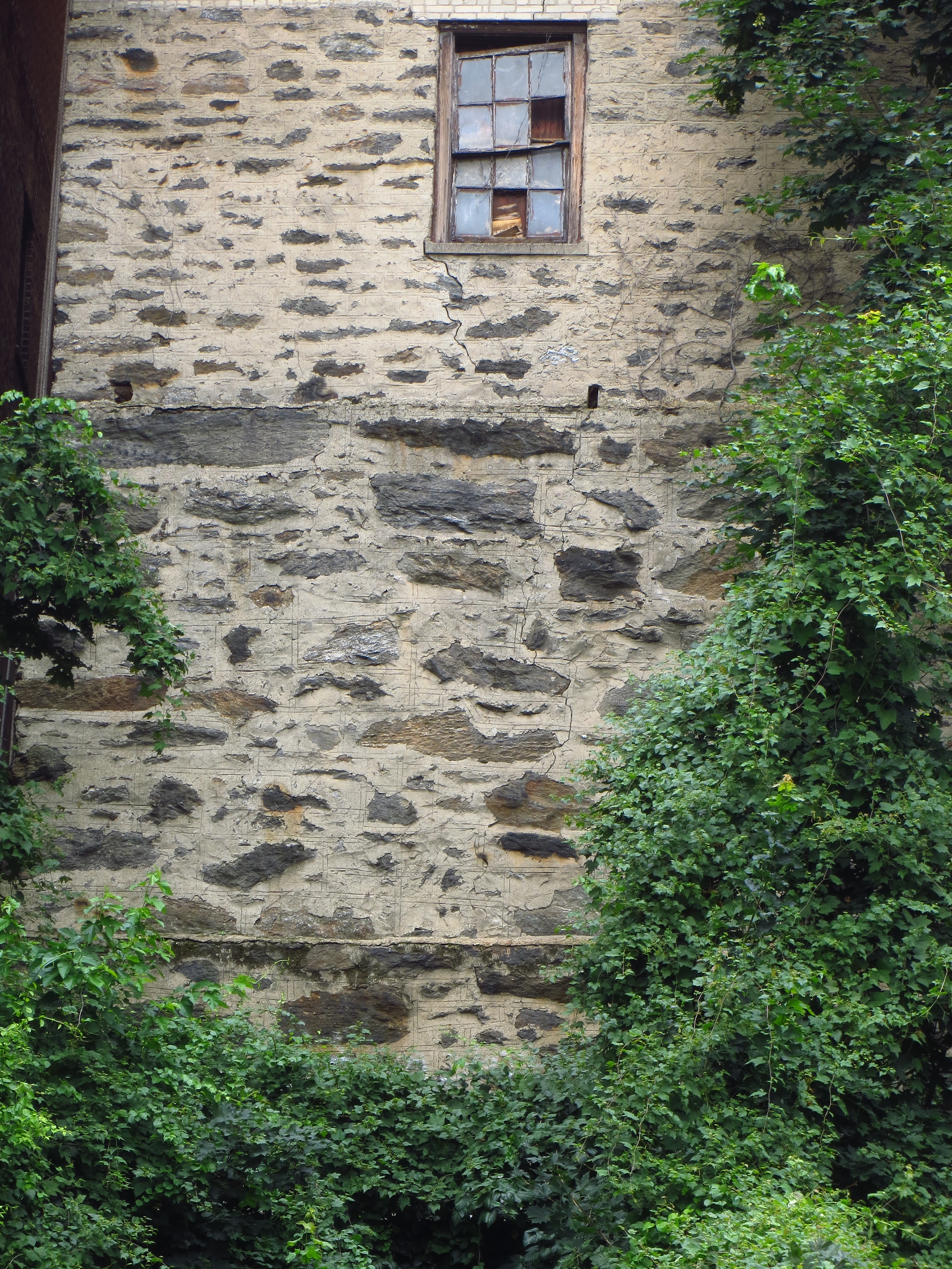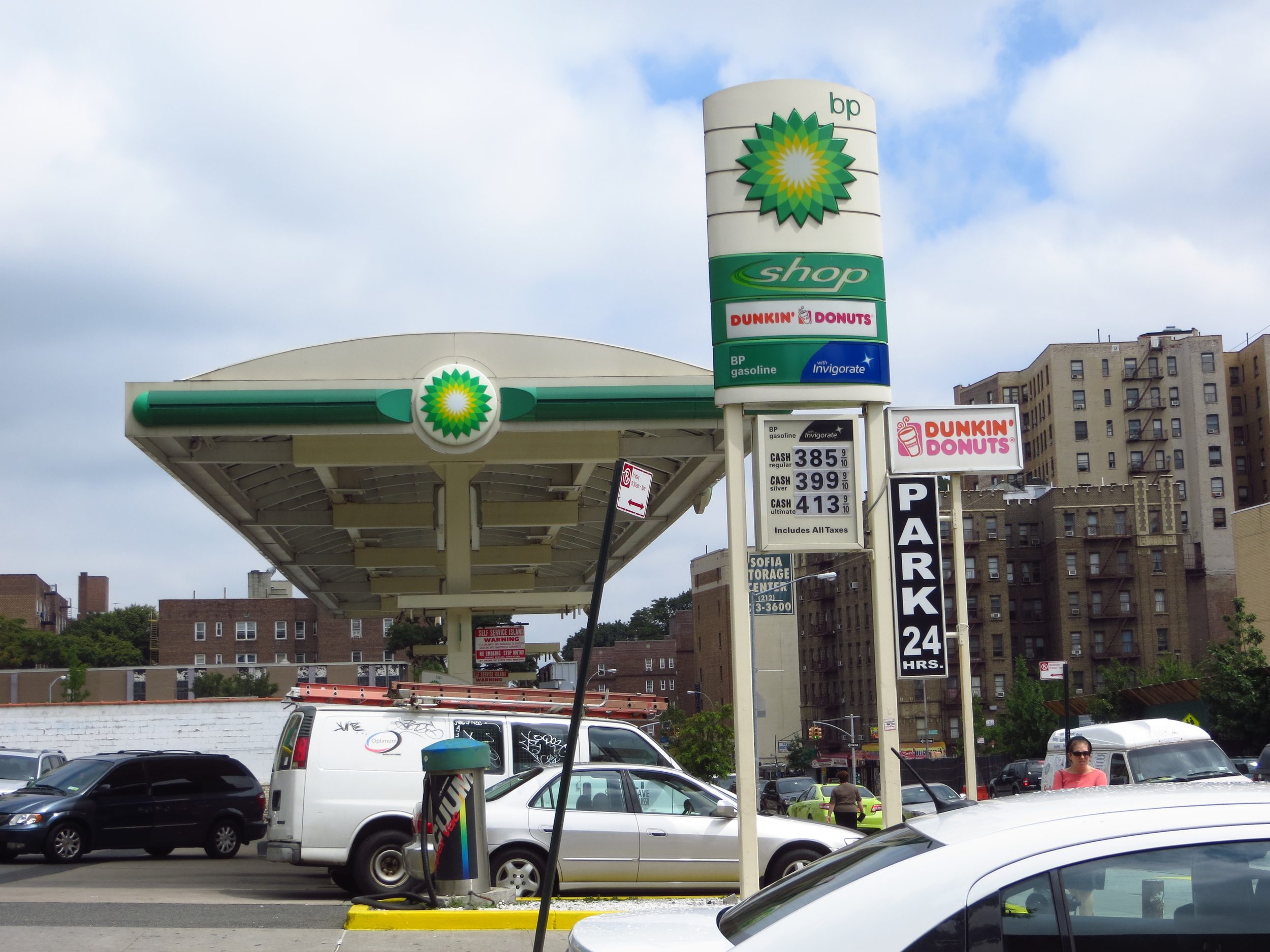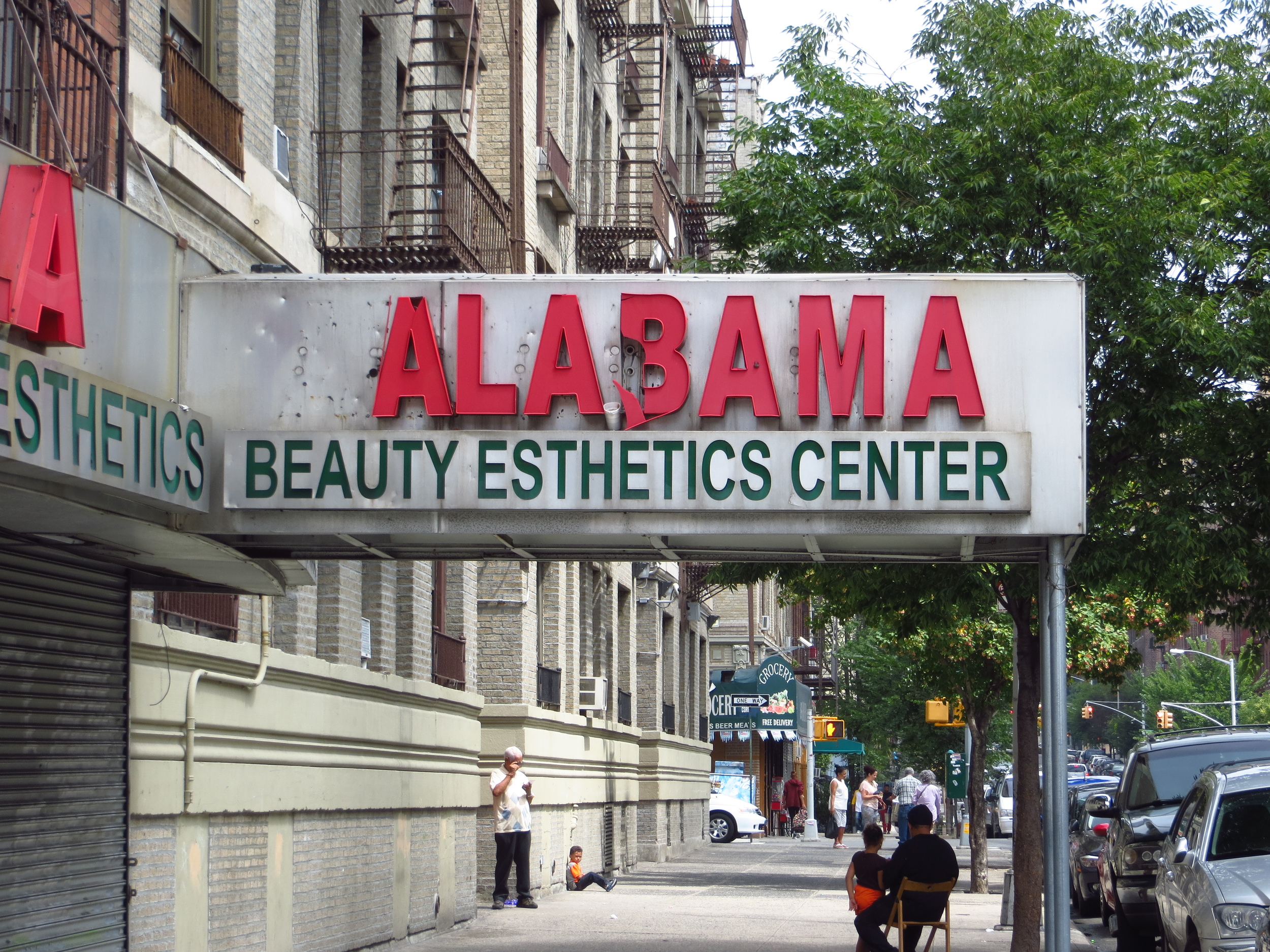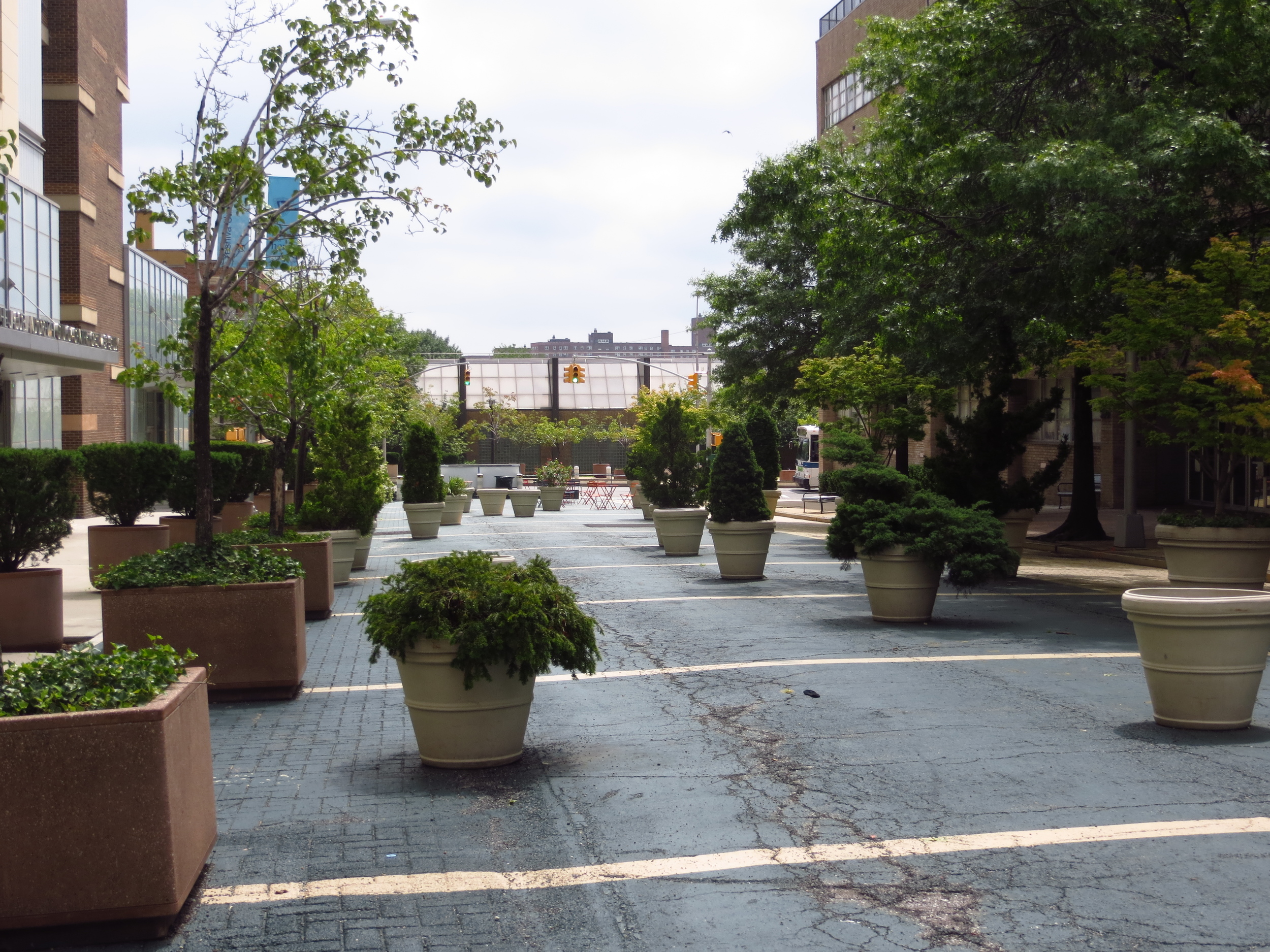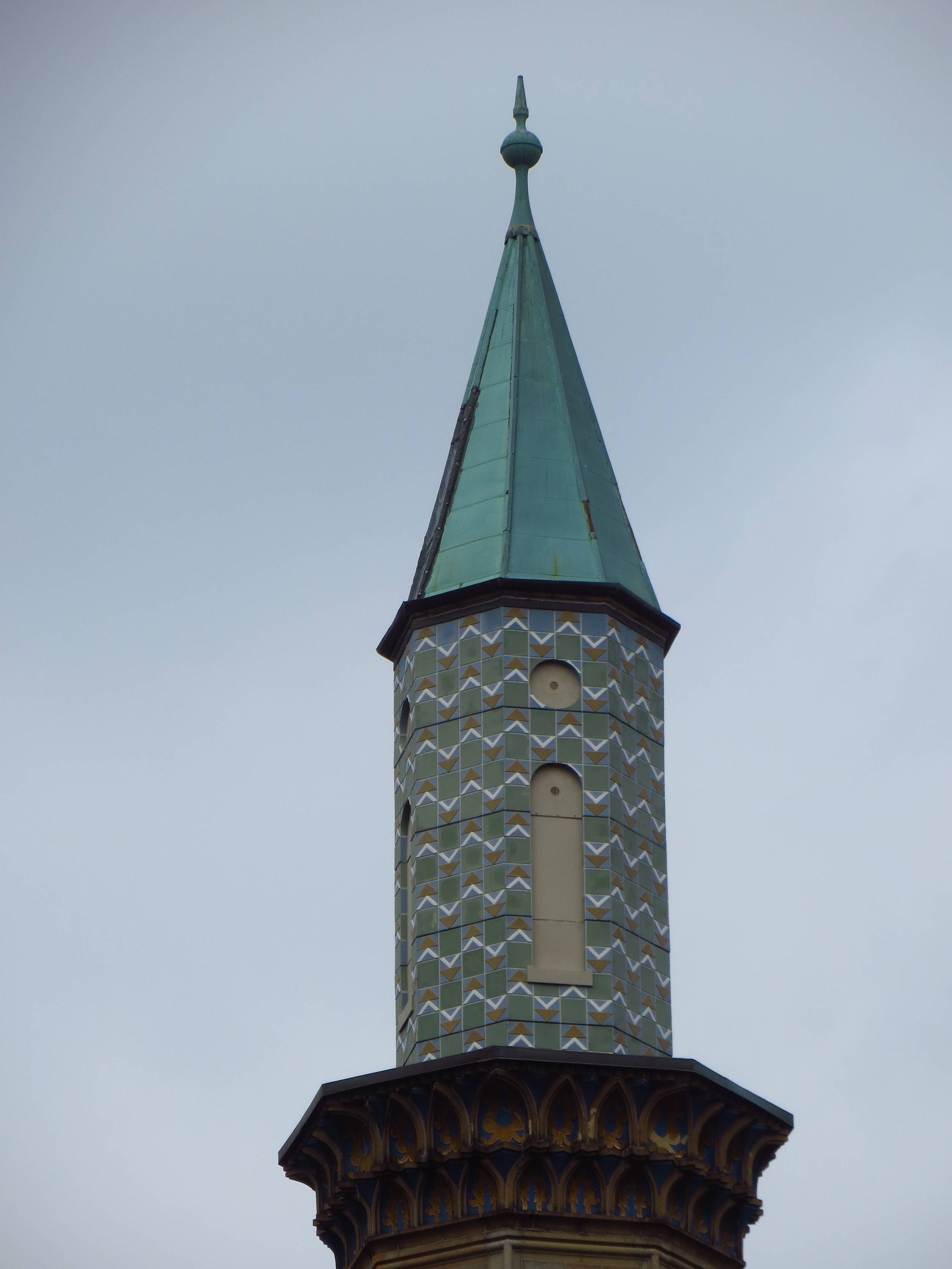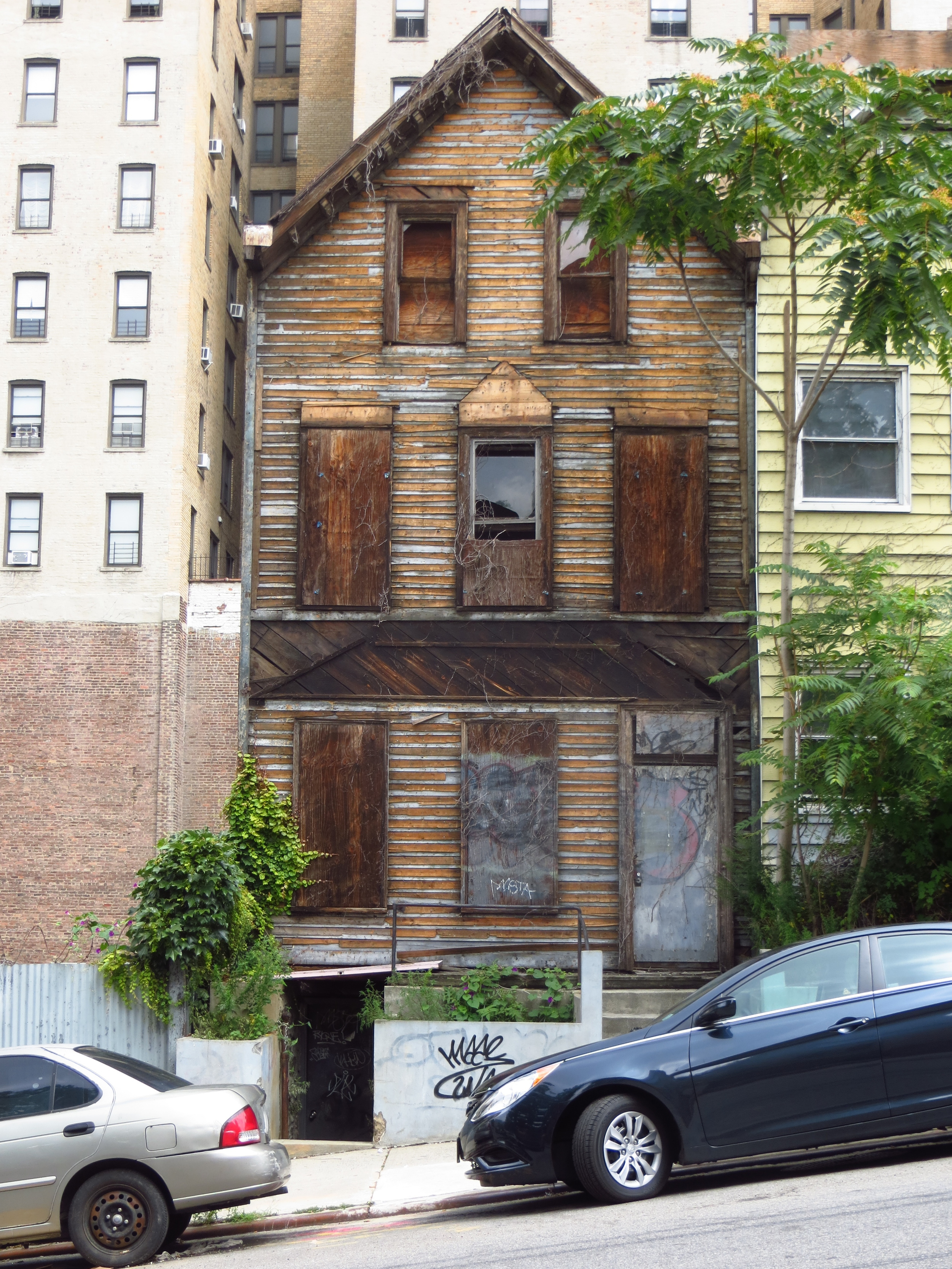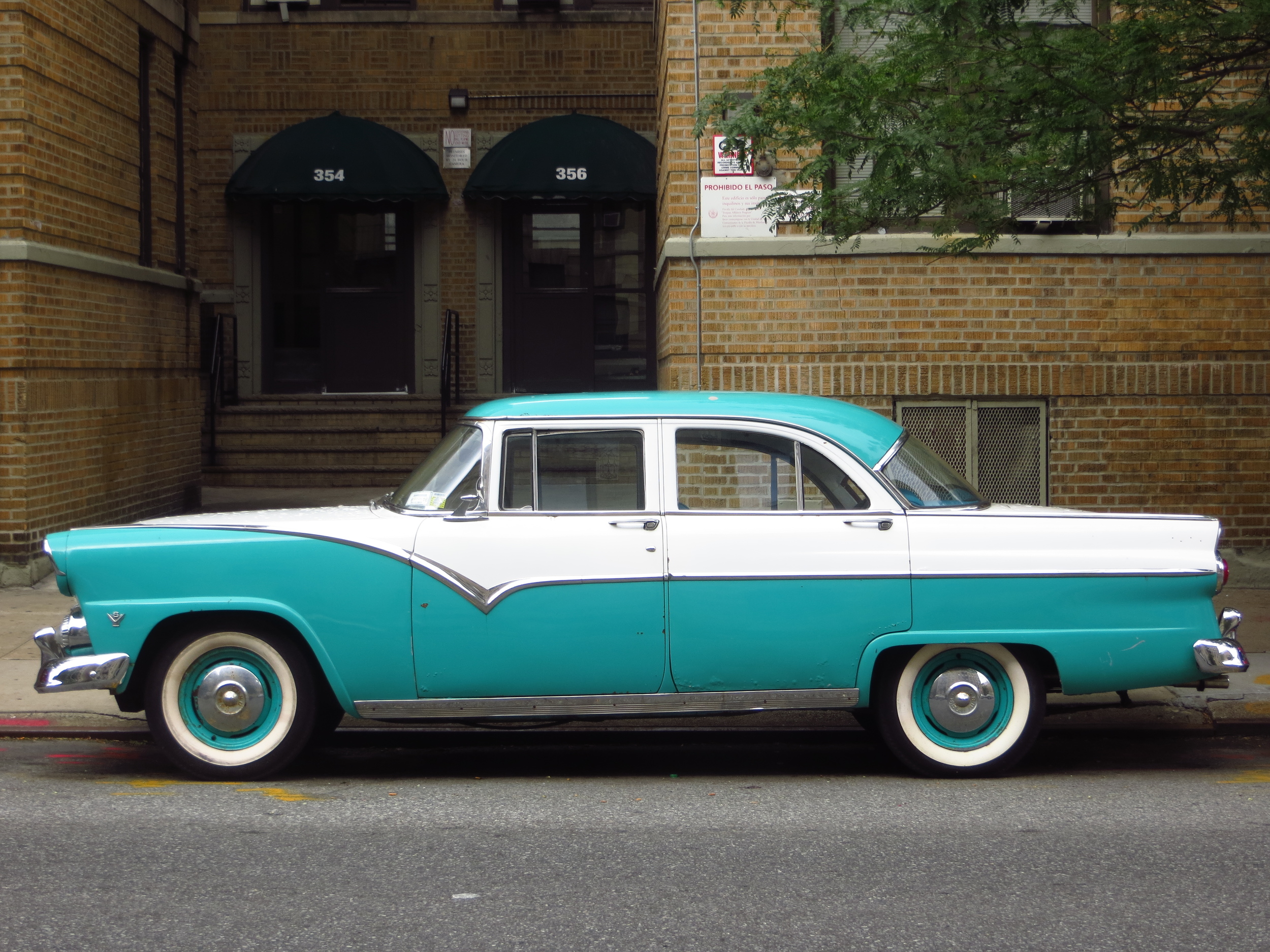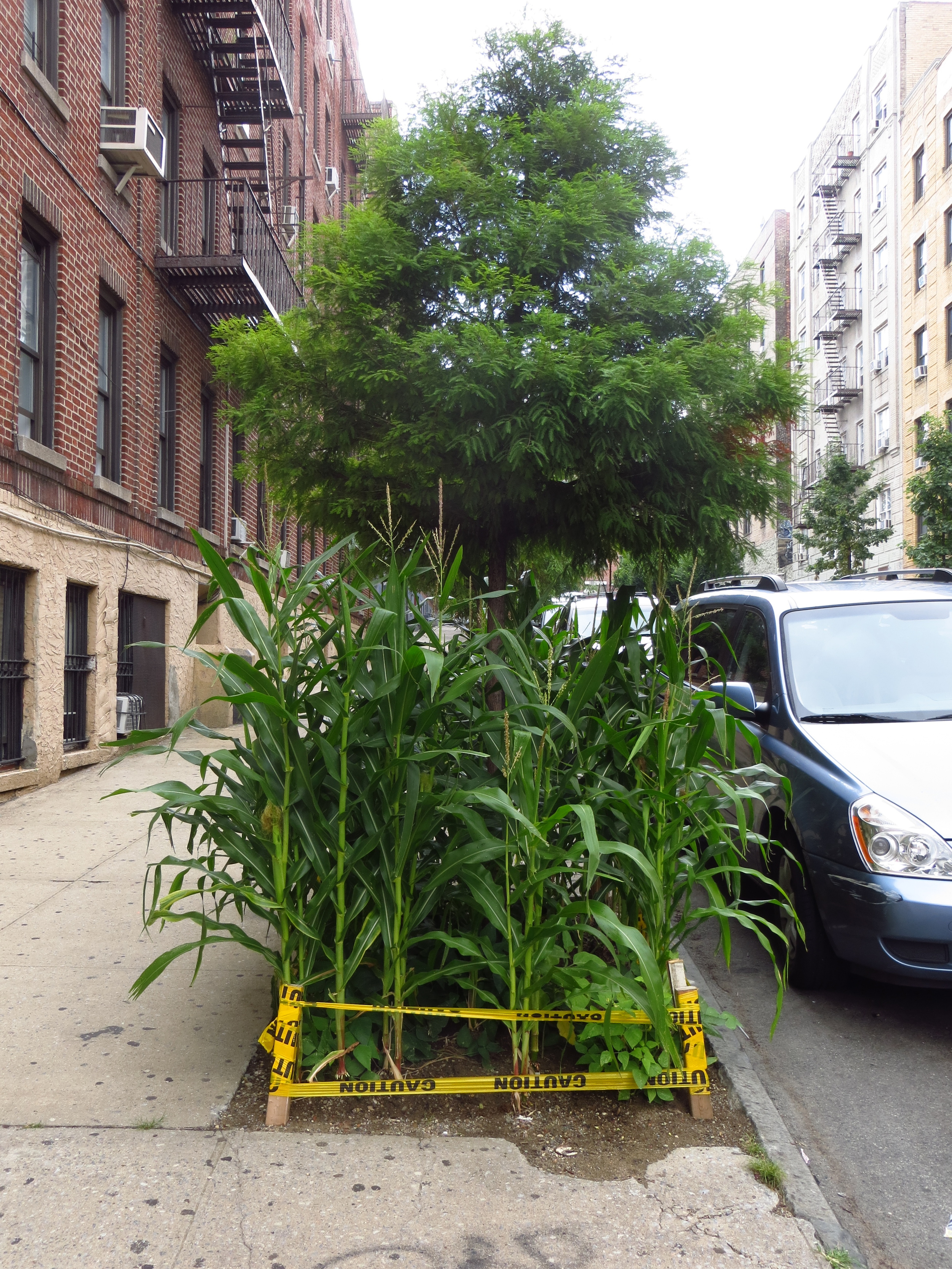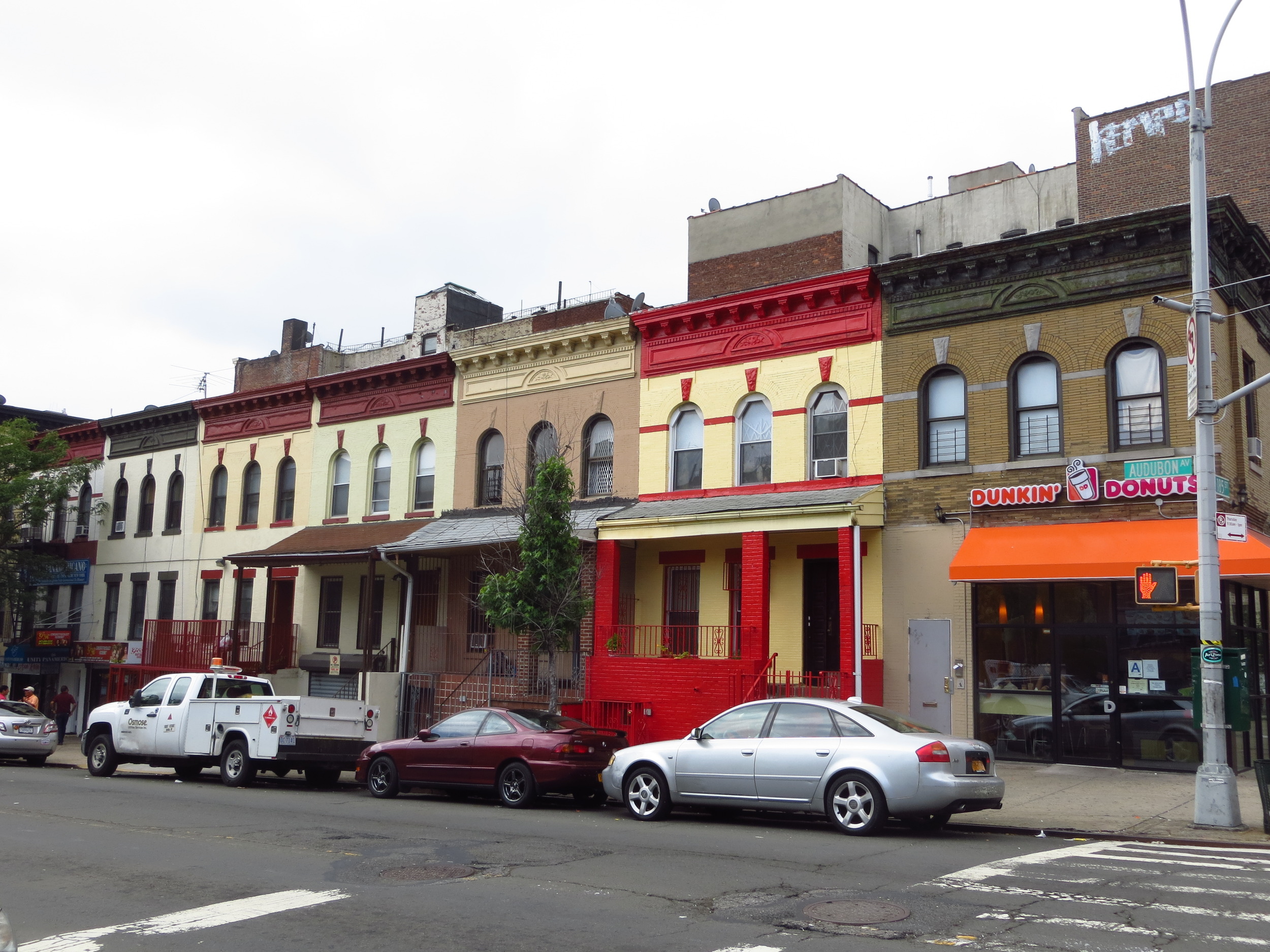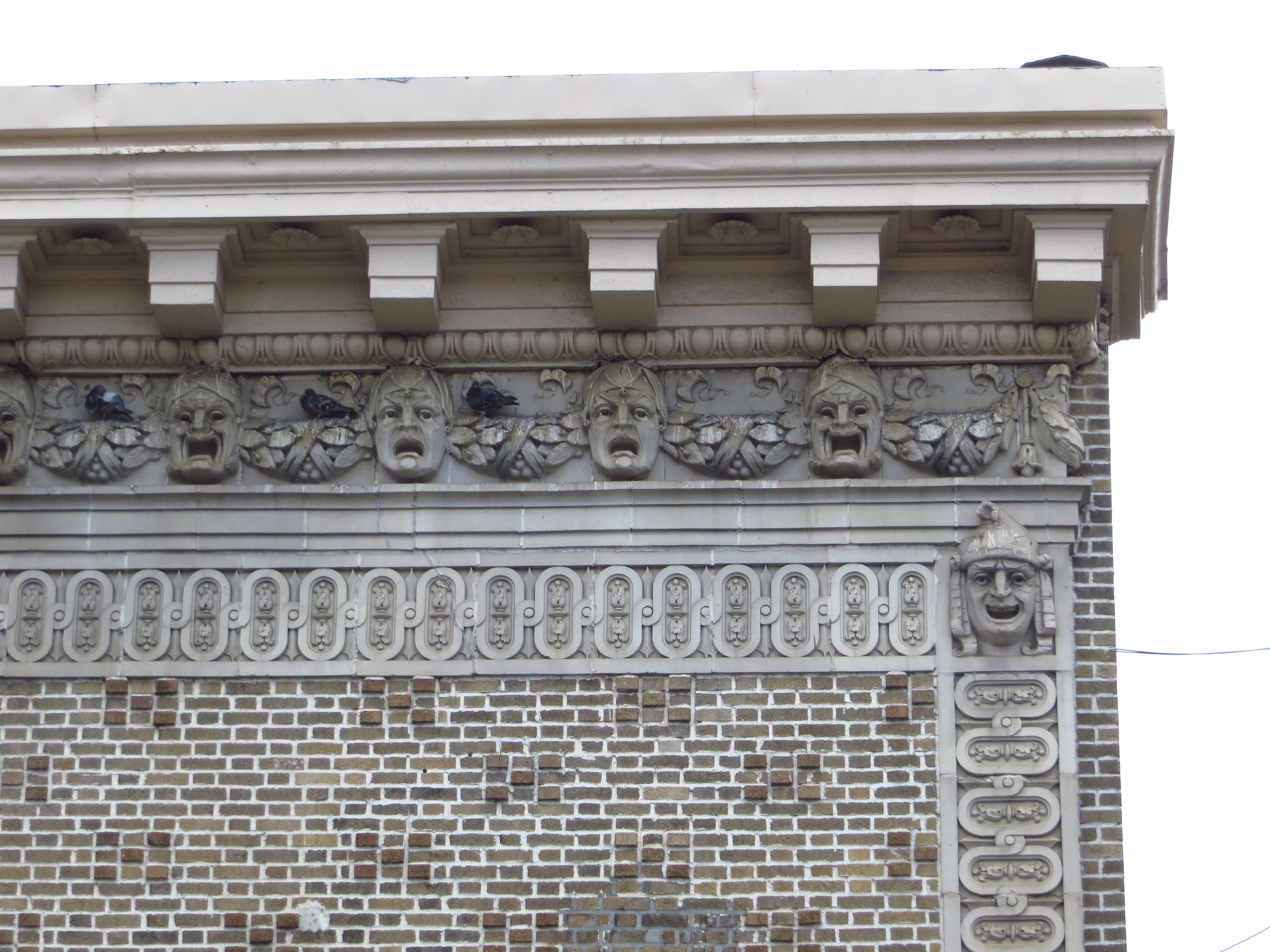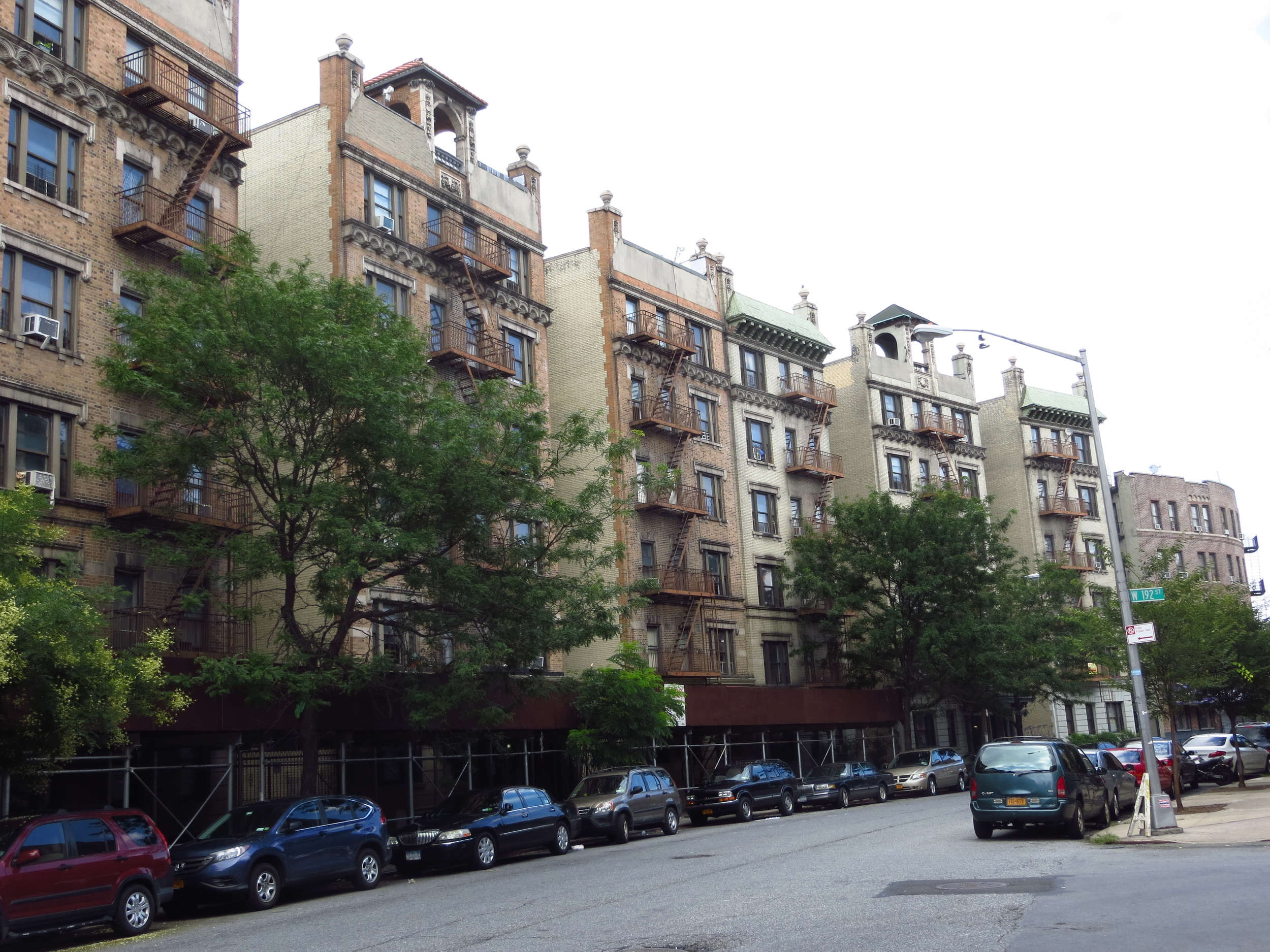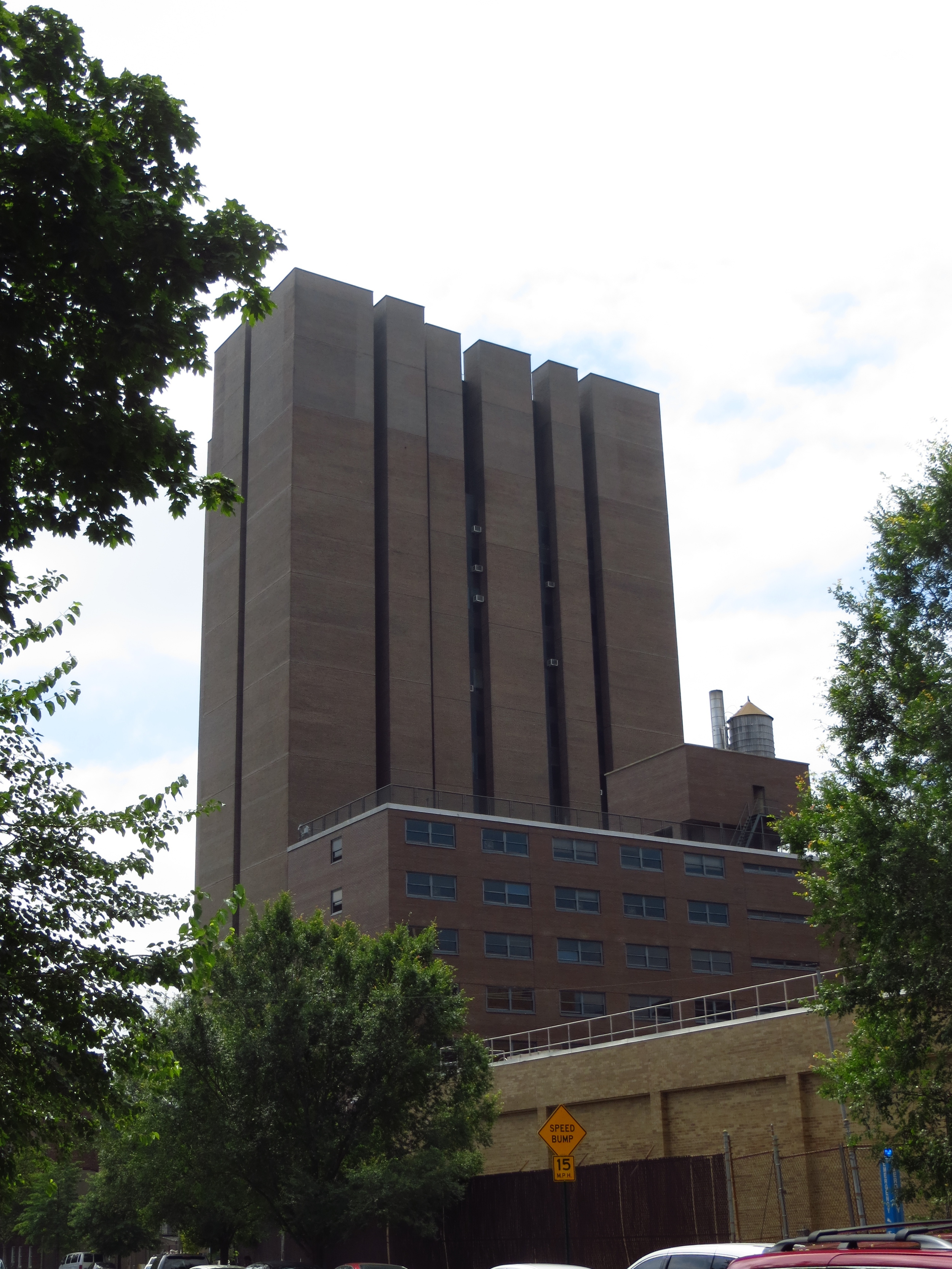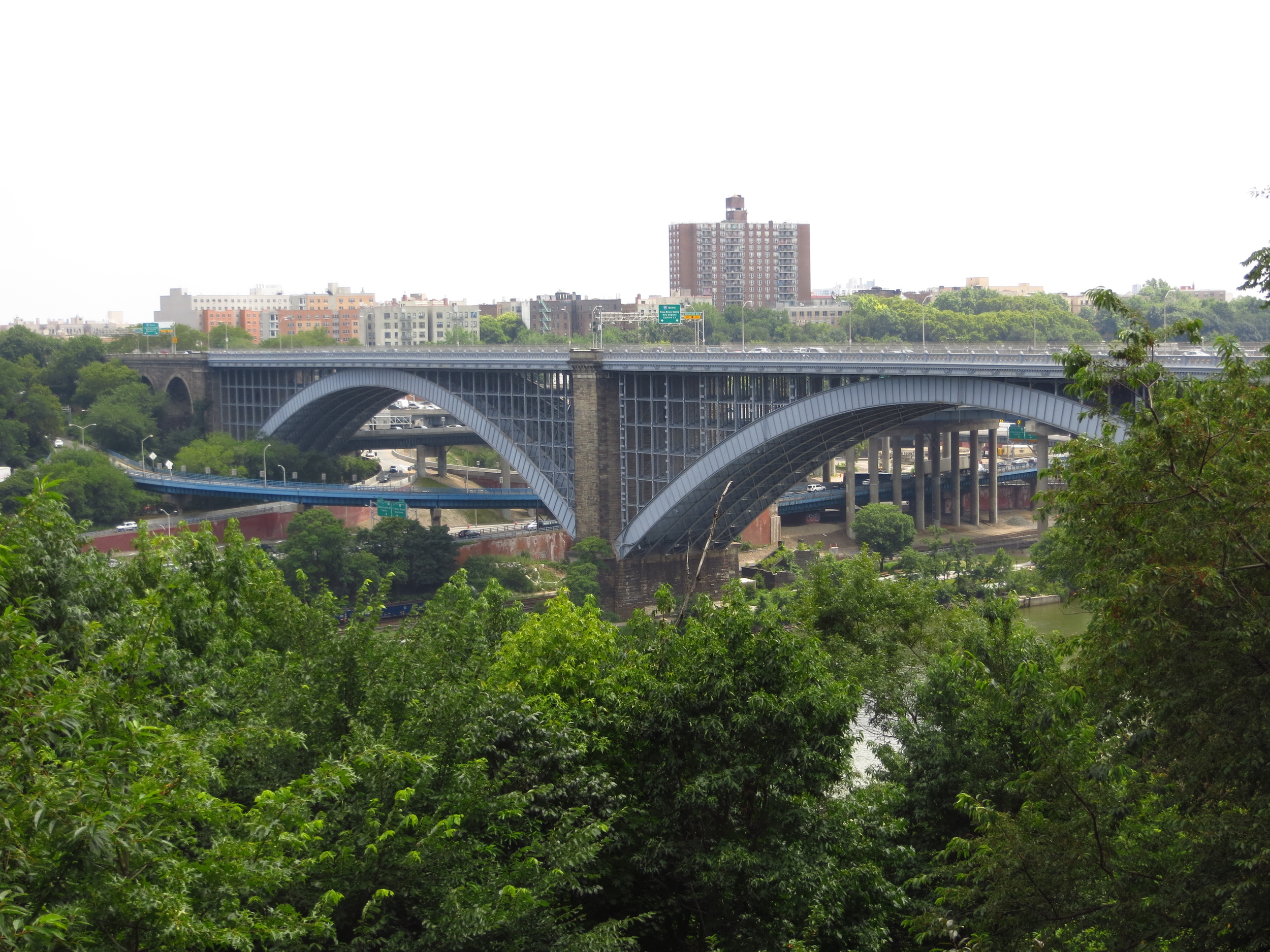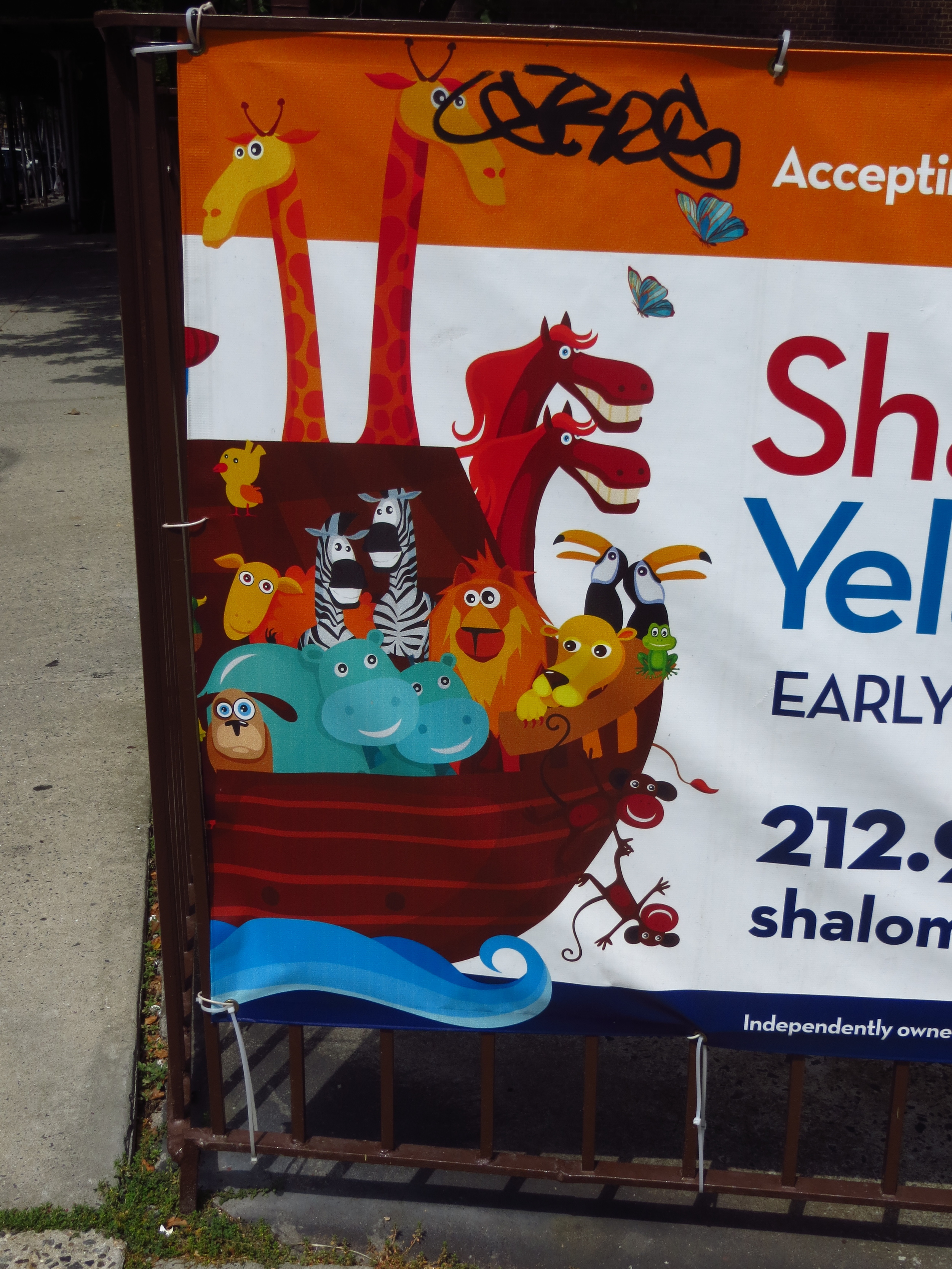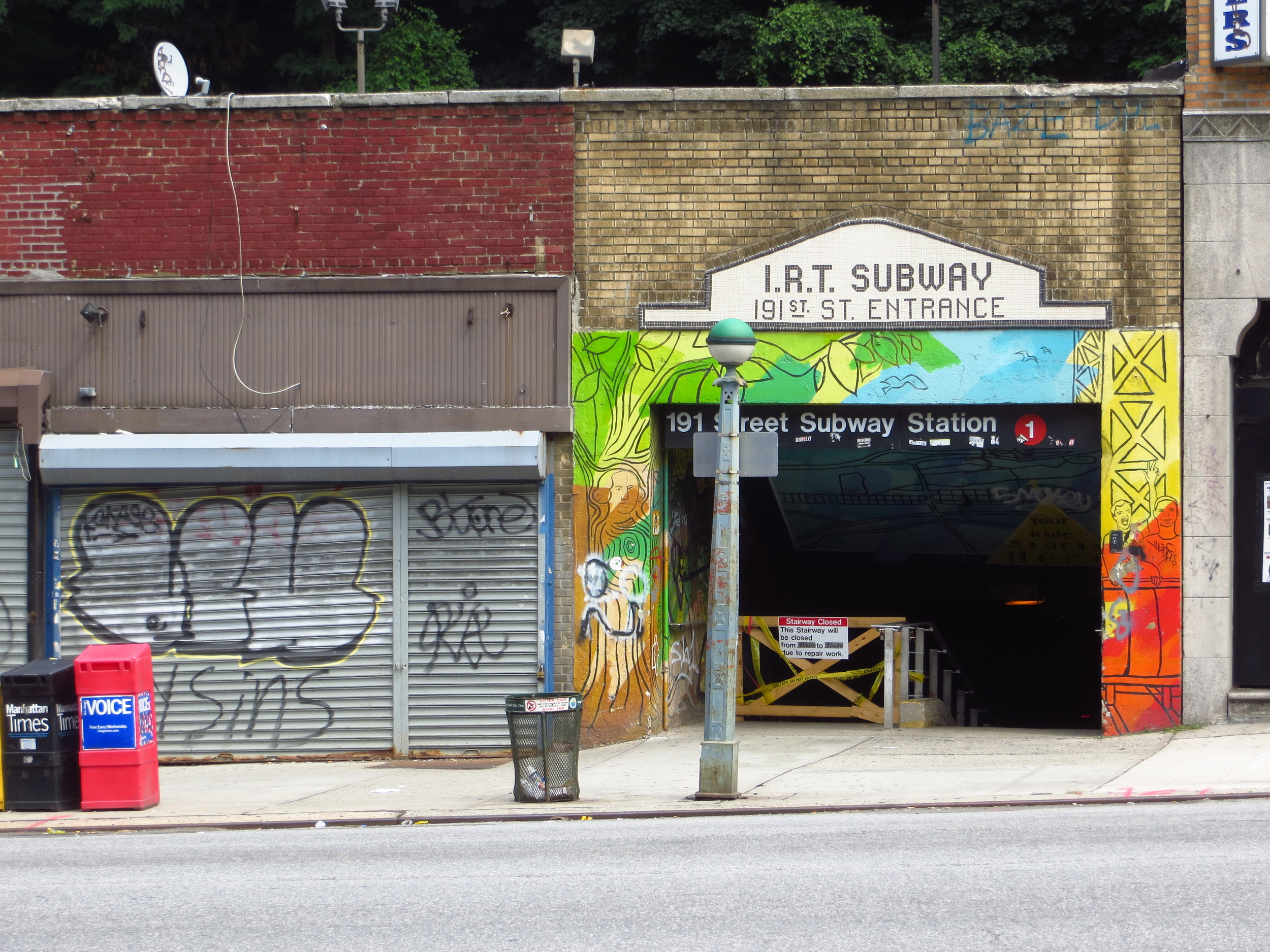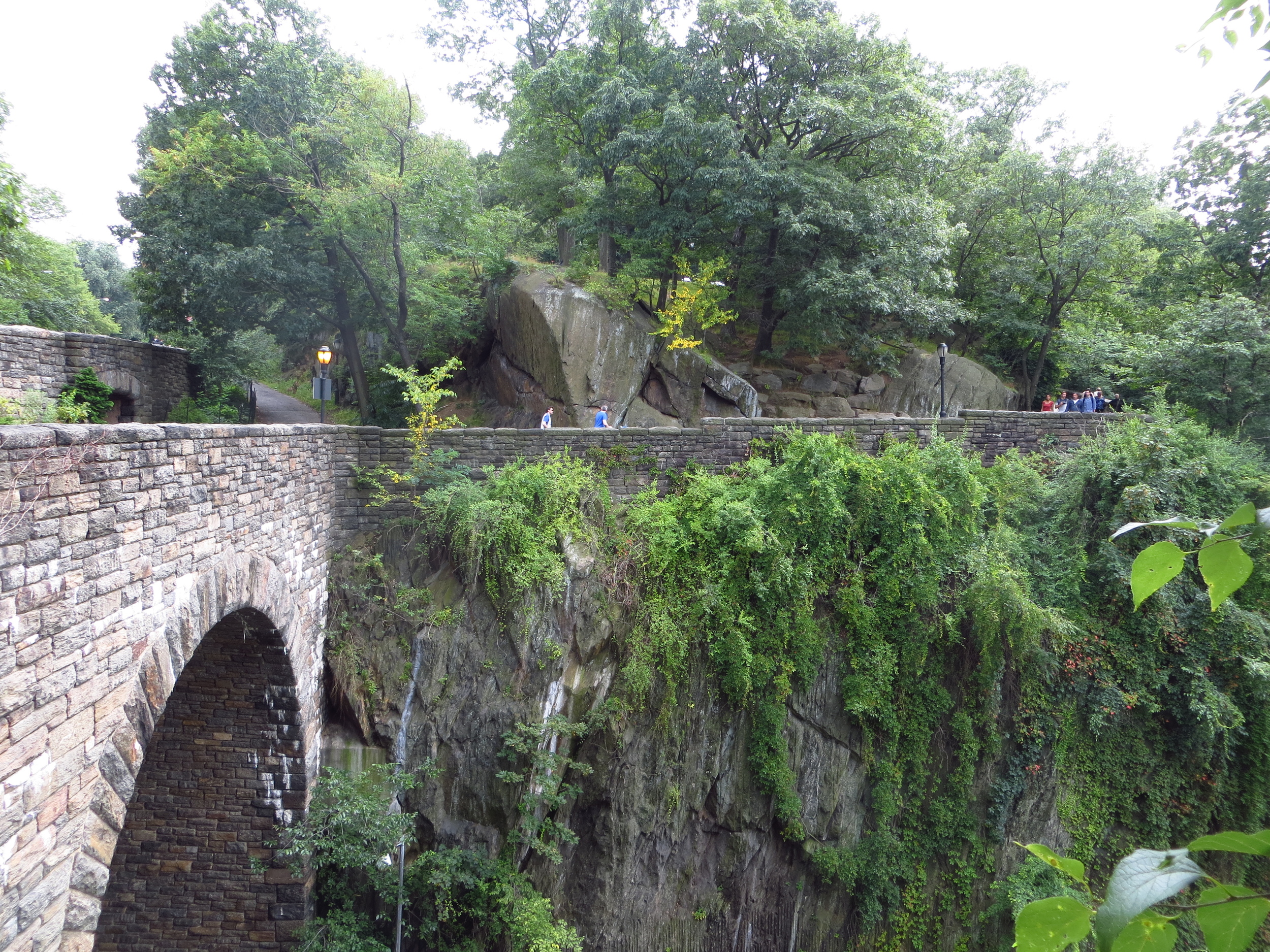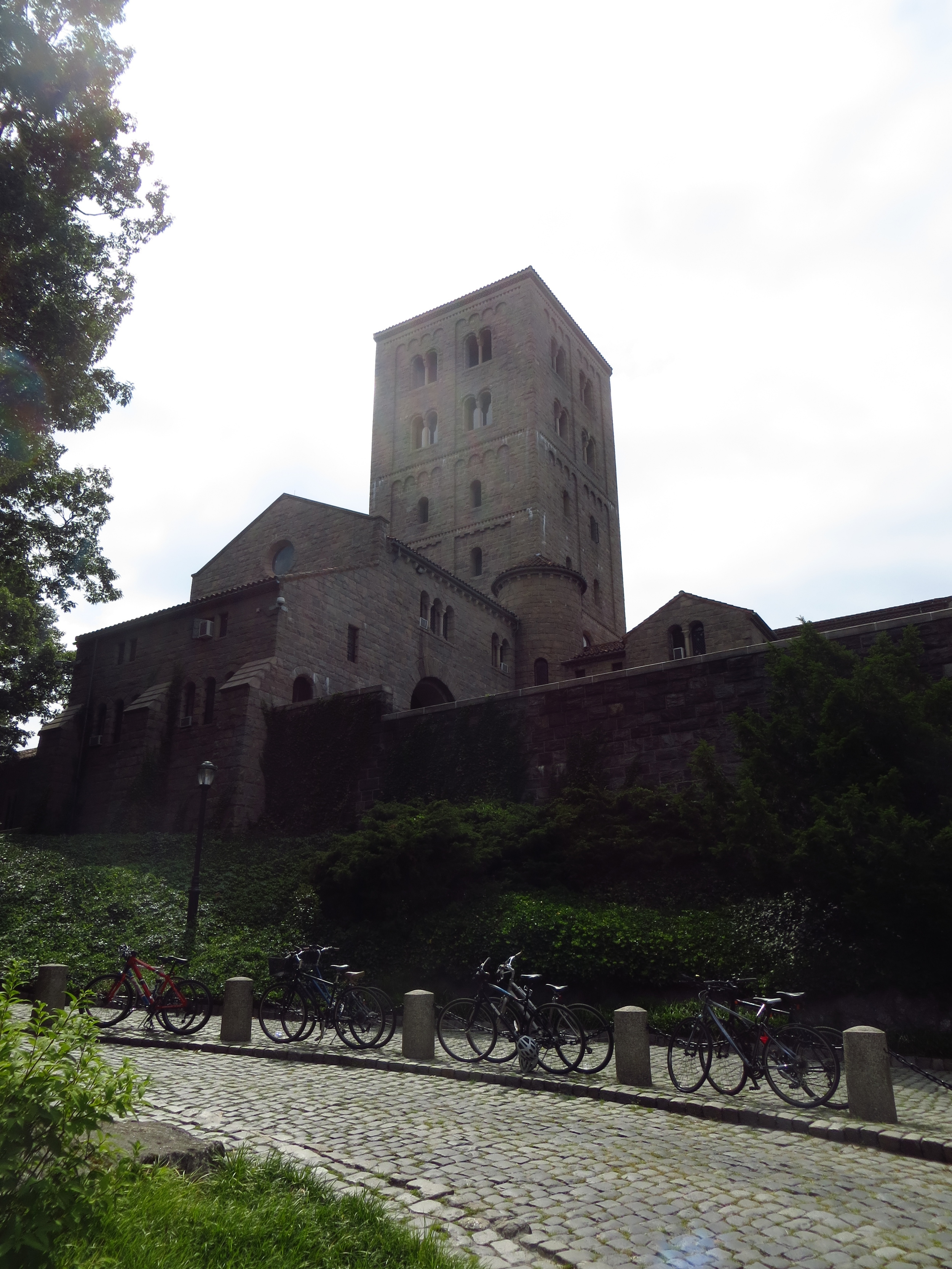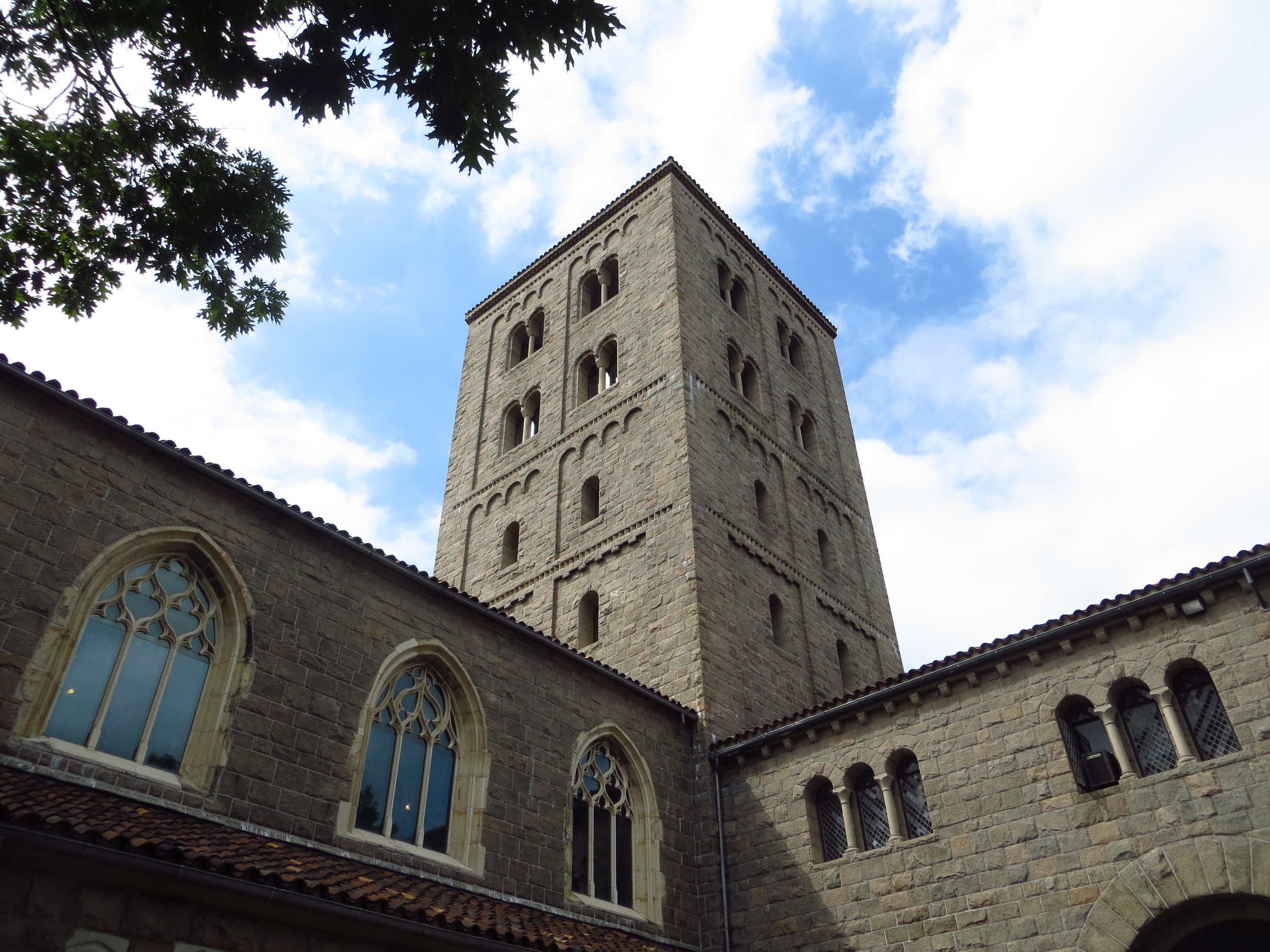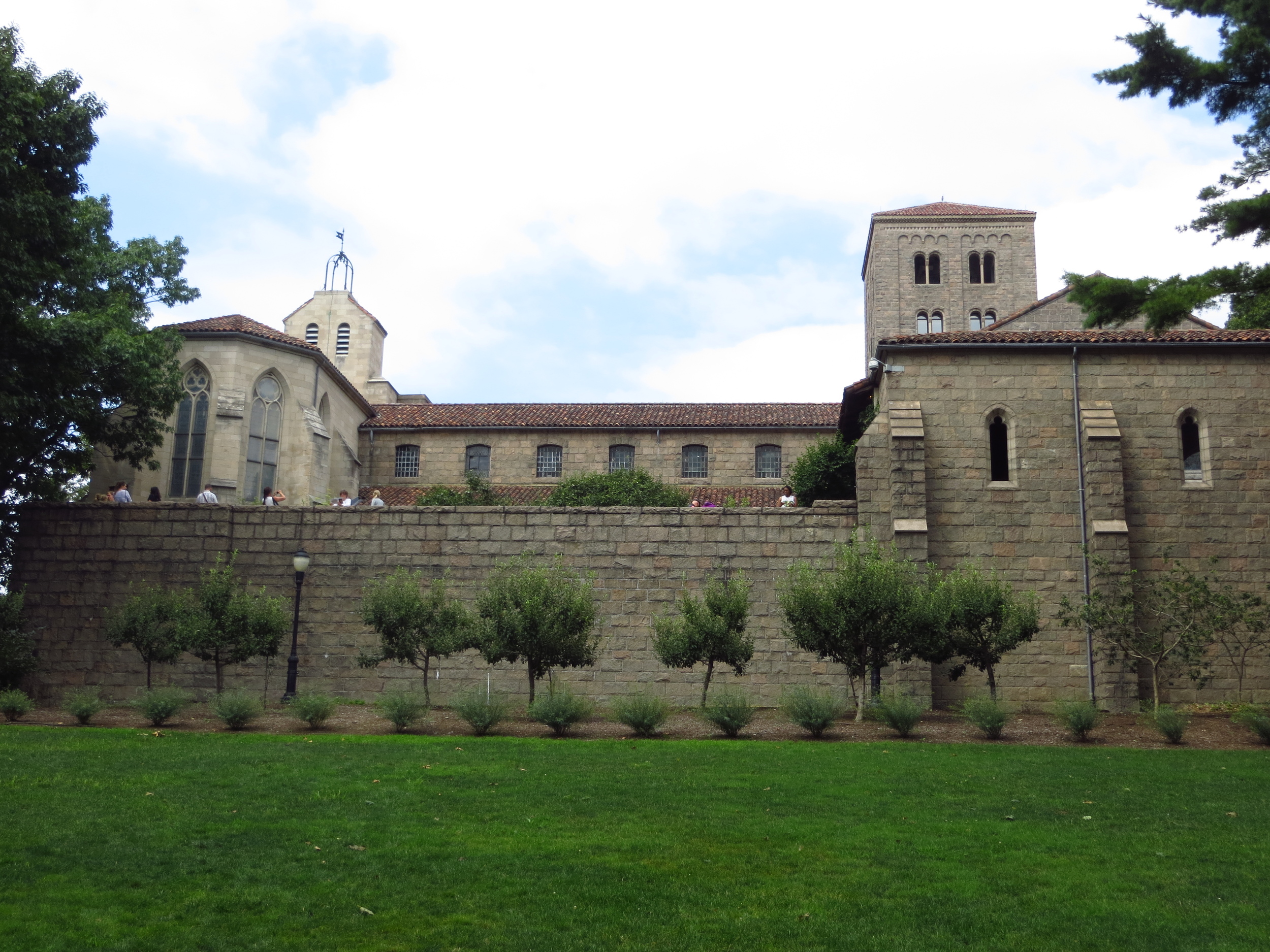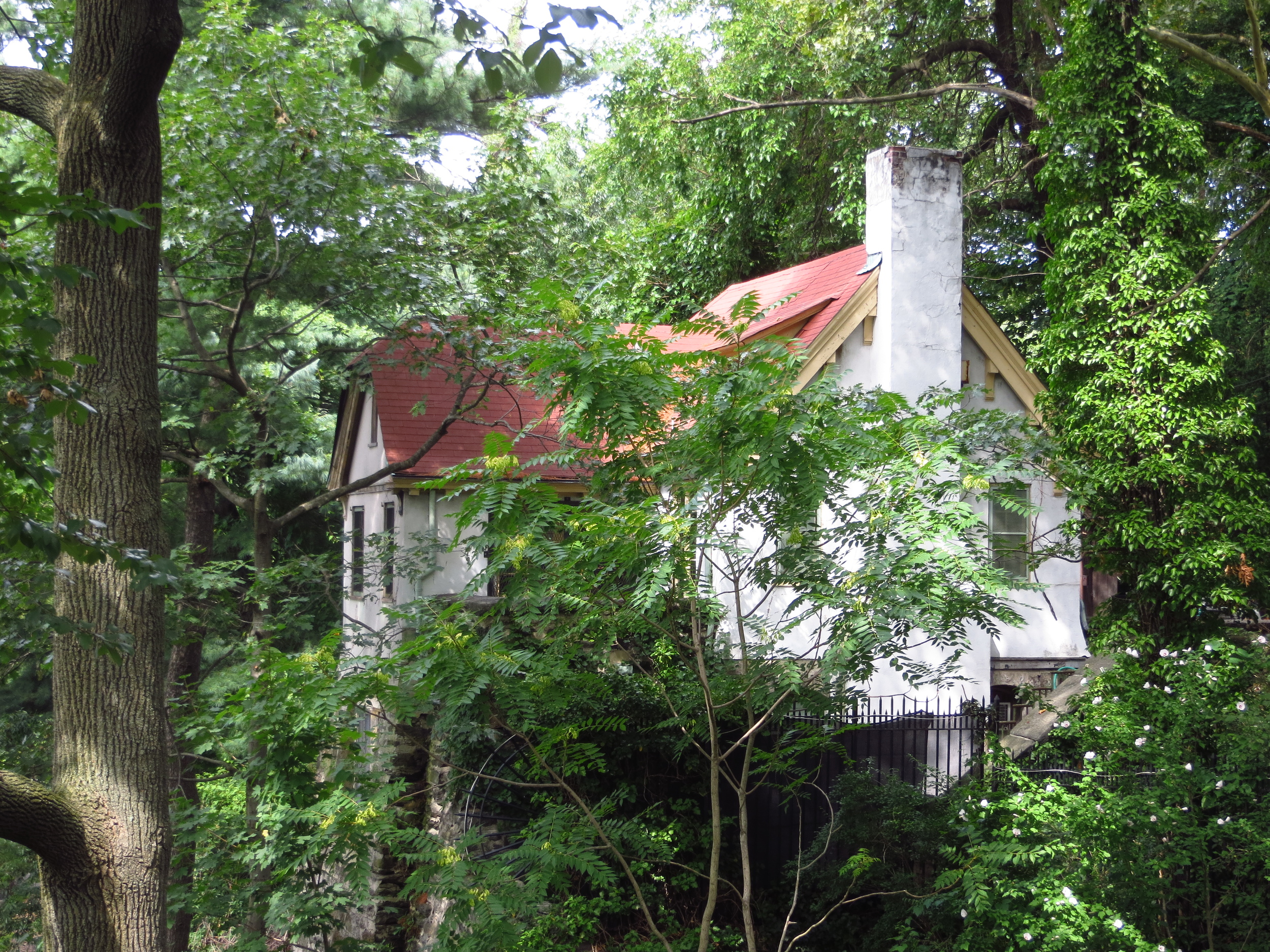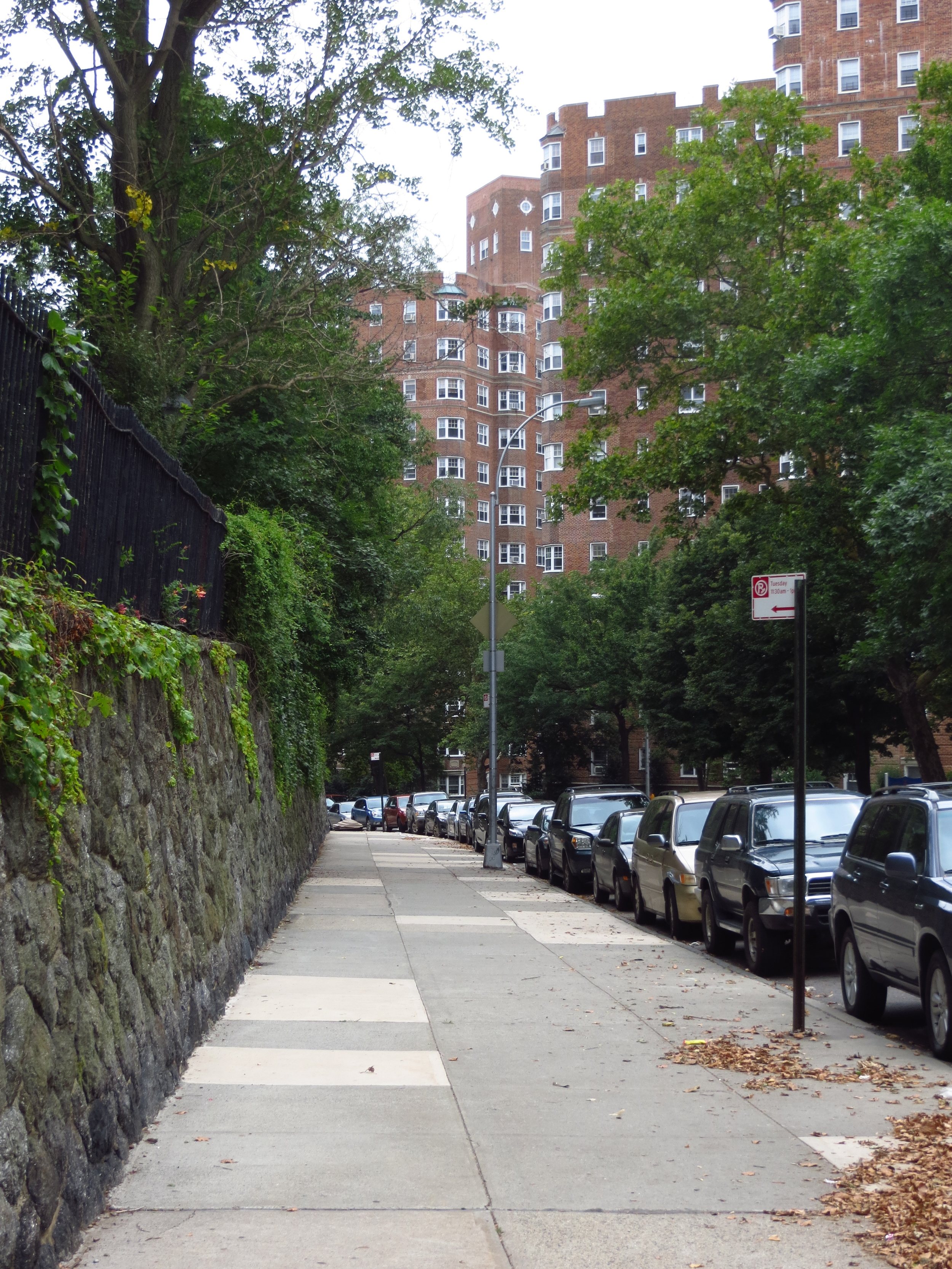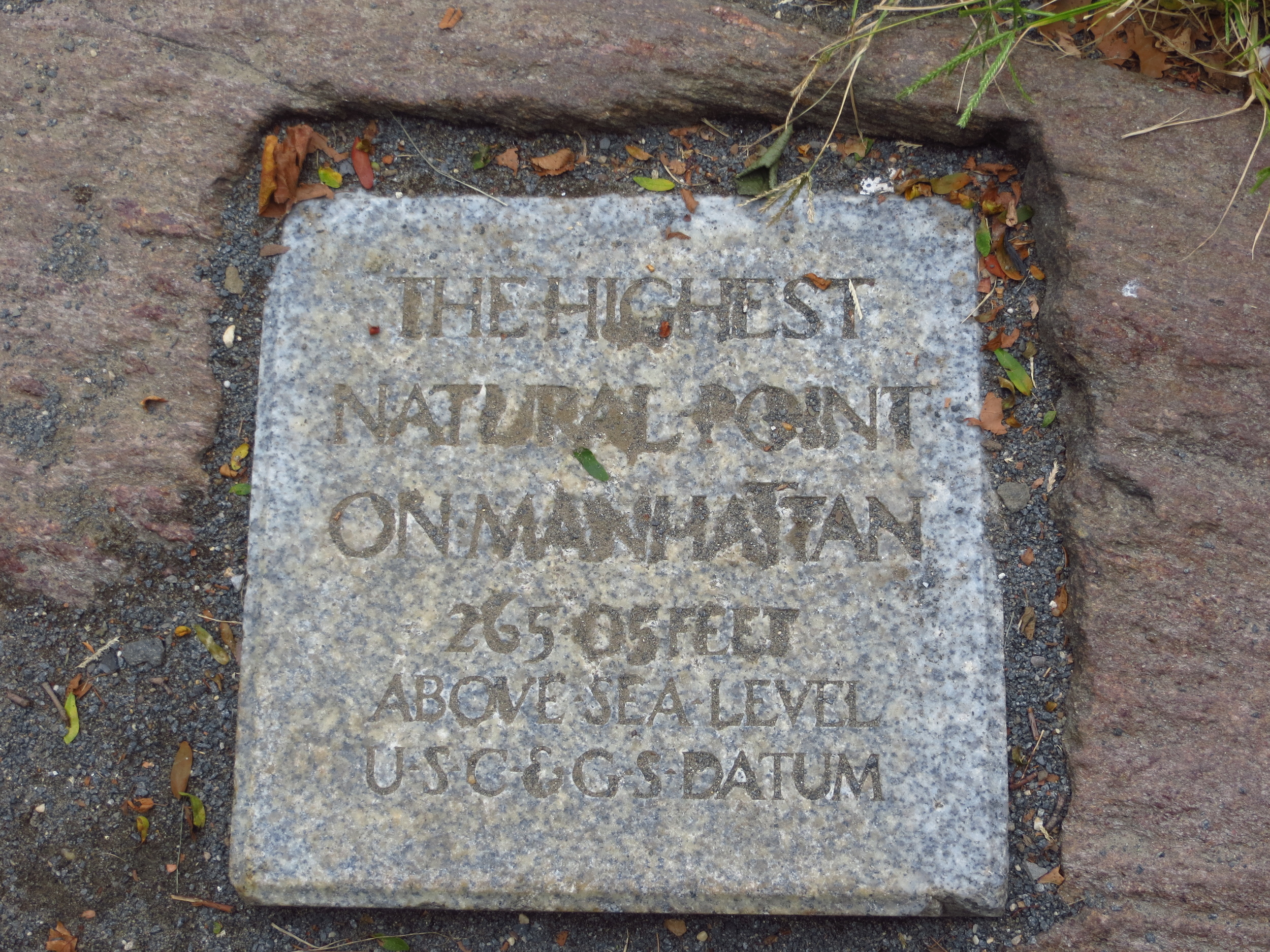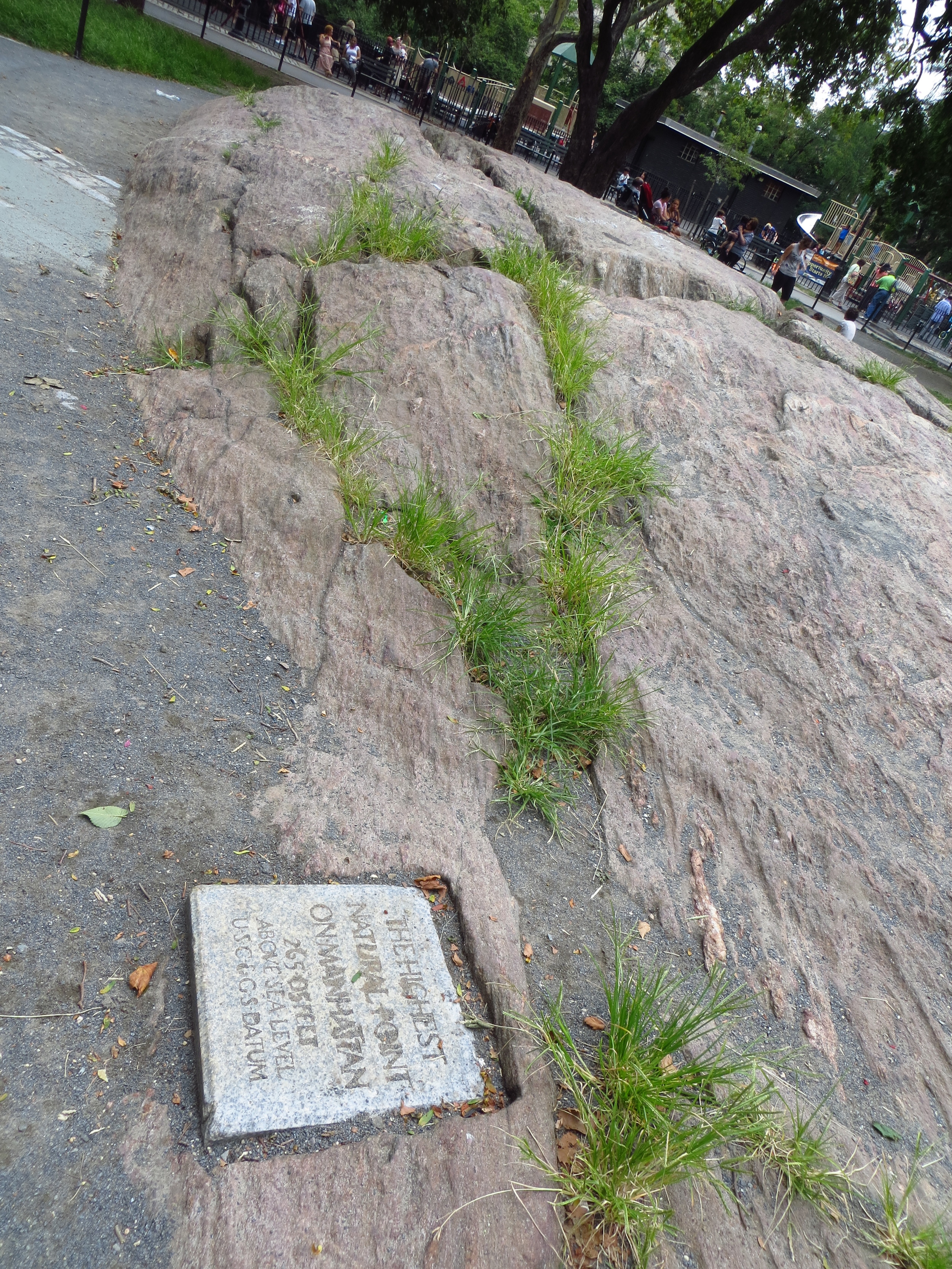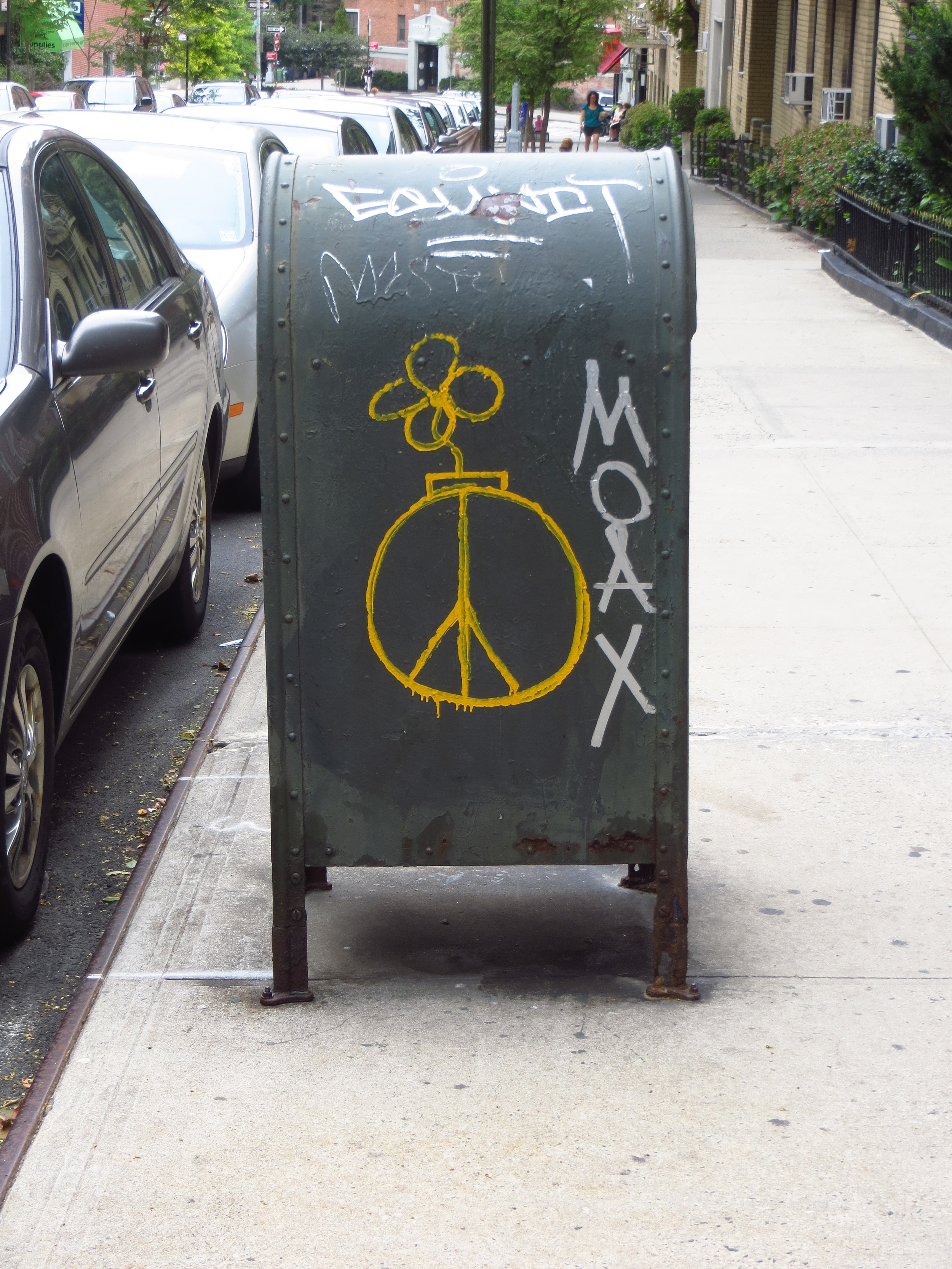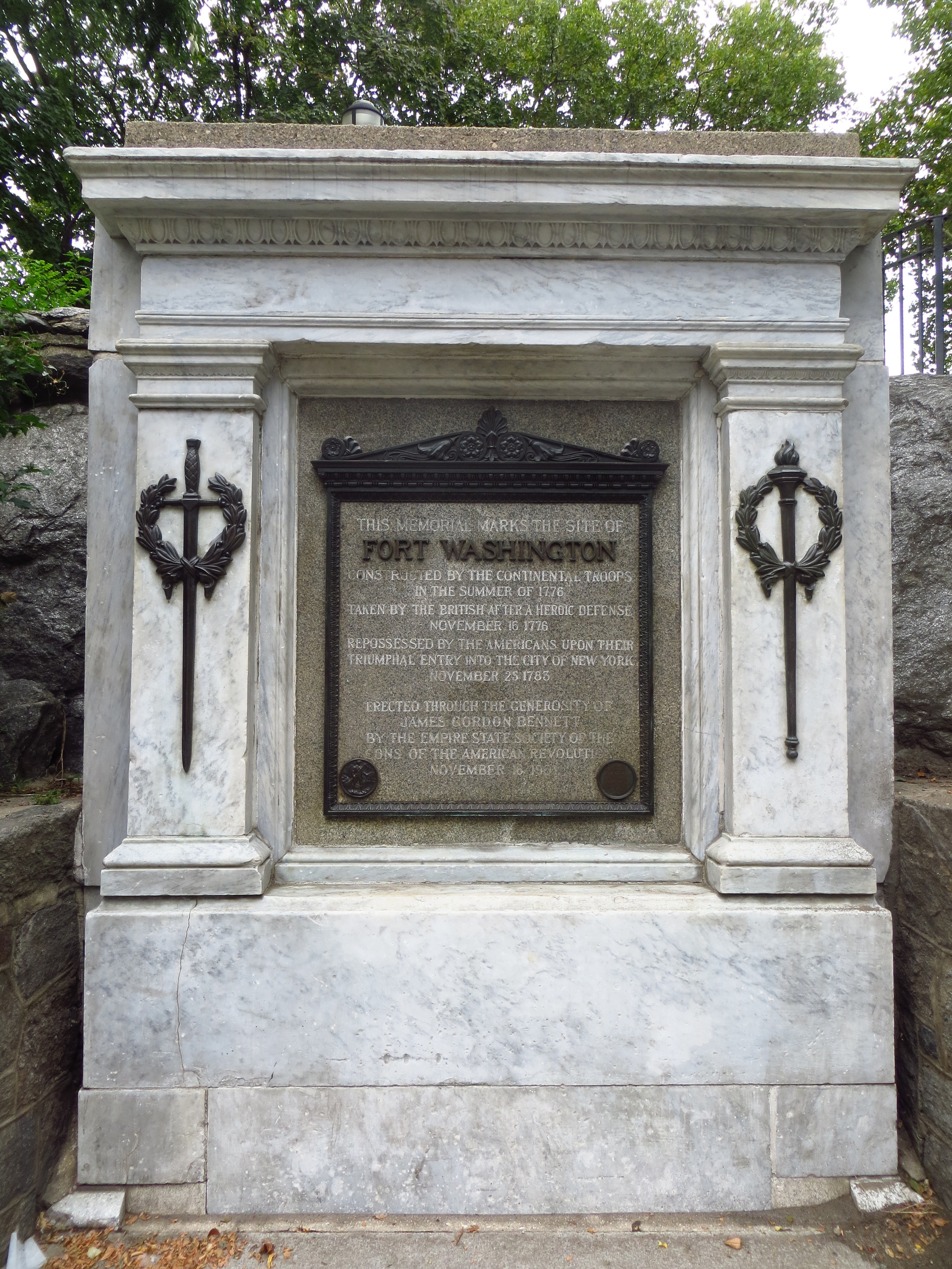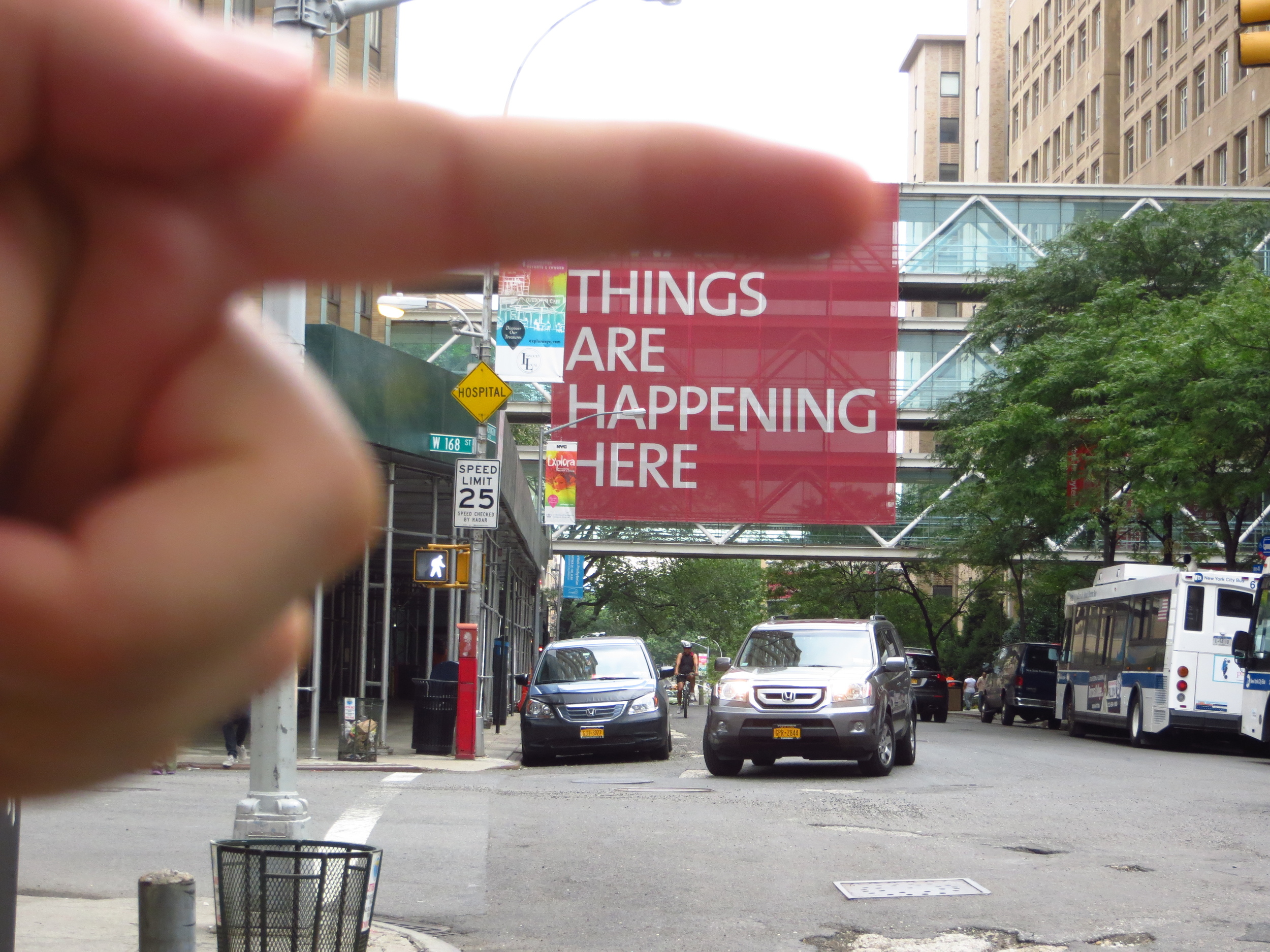Washington Heights (pt. III)
A quick programming note: My plan is to finish the streets (east/west) before moving on to the major north/south avenues. However, the further south of 14th St. and north of 125th St. you go, the more minor north/south or diagonal streets you encounter. So for this walk (in Washington Heights again) I just went ahead and did all the streets in the area outlined below (about 17 miles).
Today's Walk (everything inside the lines)
Topographically, the area is made up of two bluffs (one on the east and one on the west) with a valley coinciding with the route of Broadway running through the middle. Revolutionary War sites were kind of a theme of the day. There are plaques everywhere commemorating soldiers and events on both sides of the war and I made it up to the site of Fort Washington (discussed in my last Washington Heights post). Since I've already gone through that part of the area's history, I'm going to tell you the story of The Cloisters (the Metropolitan Museum of Art's medieval art branch), which is really the story of how rich the Rockefellers were.
In 1917, John D. Rockefeller Jr. purchased a 67 acre piece of land known as the Billings Estate (located on the north end of the west bluff described above). He then hired the Olmstead Brothers firm (the group that designed Central Park) to craft a design and turn the area into a park, which he then donated to the City in 1935 - today's Fort Tryon Park. Okay, that's kind of rich.
Then, he decided he really liked the view of the cliffs across the Hudson River in New Jersey (known as the Palisades). He liked it enough that he wanted to make sure nothing ever encroached on it. So he went and bought that land too - which now comprises 700 acres of today's Palisades Interstate Park. That's pretty rich, I guess.
Rockefeller, a medieval art enthusiast with a world class collection, then went out and acquired another massive collection of medieval art (like, a museum's worth). Wow, that' really ri...wait, wait, we're not done yet.
To house all these altar pieces, reliquaries and illuminated manuscripts, he decided to build museum. And wouldn't it be cool if that museum looked like a medieval monastery? No. It would be cool if that museum WAS a medieval monastery.
Rockefeller went out and bought five European abbeys (I think they were mostly ruined), dismantled the architectural elements brick by brick, shipped them to America, and reassembled them to create the Cloisters. Which he also gifted to the City. That's super rich (and I should probably add generous too).
Moral of the story: Money doesn't buy happiness; it buys beautiful land, breathtaking views, priceless works of art, and important elements of foreign nations' cultural heritage.

